The Chātā Newsletter - December, 2018
Edition Two
Namaste and Christmas greetings from the team at TUFA.
Our board and committee members would like to acknowledge and thank everyone who has donated and contributed to help the communities in Nepal. We wish you and your loved ones a merry Christmas and a safe and healthy 2019
It has been a big 2018 for TUFA with new projects, our first golf charity day, our first Nepal Discovery Tour for 8 lucky people, an era ending & a new one beginning, our Annual Gala Event and recommencing some old projects that were interrupted by the 2015 Earthquake.
Welcome to our new committee members
The board of Umbrella Australia would like to welcome our new members
Lubi Vittekova
Janet Piper
Amelia Amos
Louise Middlebrook
Photo courtesy of Sushil Babu Chetri
Women of the Kilns Health and Hygiene Program
We are in need of donations for this amazing project.
$240 per year or $20 per month is all that it takes and your donation is tax deductible.
Charity Golf Day at Kurri Kurri Golf Club
Our first charity golf day was held in June at Kurri Kurri Golf Club in the Hunter Valley. We had loads of golfers ready to tee off, drink carts, egg and bacon rolls, hot coffee and cold beer.
The day was a great success with everyone who attended wanting to know if it was going to be an annual event … Well Guess What? … it's on 23 June 2019 so put this date in your calendar and make sure you don't miss out. We will give you more information closer to the date.
Do you have any old digital cameras that you don’t use and would like to donate?
Sushil Babu Chetri
The very talented ex-Umbrella youth, Sushil Babu Chetri is starting a photography program with blind, disabled youth & street children. It will be a photography project enabling the youth to explore their world through a lens.
This exciting project will result in an exhibition which we hope to host in Australia. If you have an old camera lying around which still works but may not be as up to date as you want we would love you to donate it to this wonderful project. Please contact us at info@umbrellaaustralia.org and we can arrange postage or pickup.
Days for Girls - Gatlang Rasuwa
We are hoping to recommence our Day’s For Girls Enterprise team in Gatlang Rasuwa in 2019. If you have been following us over the years you will be familiar with our Gatlang Women’s Community Program which was starting to gain momentum before the 2015 earthquake.
We are now ready to start again and the community members are very excited. One thing is holding us back...same old story $$$$$$
We need to purchase:
New sewing machines/over locker
Pre-cut kits from Days for Girls Nepal
Sewing tools – scissors/cotton etc.
A jeep to transport all the equipment
and most importantly…TRAINING!!!
Our new program will require 2 of the ladies to travel to Kathmandu for a comprehensive 2 week training program with Days for Girls Nepal. This program includes sewing training, health education training and business training and will cost US$1400!!!
This will enable the program to be self-sufficient and will not require TUFA to commit to the ongoing support. It's a great incentive for the women in the community to build their own business and further support their families.
If you would like to support this program please contact us on: info@umbrellaaustralia.org.
End of an Era and Exciting New Look!!
Since The Umbrella Foundation Australia was registered as an Australian charity in May 2013 we have supported the work of The Umbrella Foundation Nepal/Ireland. Sadly we will be discontinuing our relationship due to the closure of The Umbrella Foundation Nepal/Ireland in June, 2021.
Our final sponsorship payment will be sent in early January and we ask that our current sponsors continue with their monthly contributions which will support the education of children working in the brick kiln factories (see our Children of the Kilns Program ) https://umbrellaaustralia.org/children-of-the-kilns-education/.
Over the last few years TUFA have moved in a different direction from TUFN, this being due to the research we have undertaken to support the children and their communities which have the greatest needs and getting the least support. There are now many organisations working in Nepal, many of them are working in the same areas and supporting communities which are easily accessible, often resulting in piggybacking other projects.
It is vital that we reach the communities who are most vulnerable and those receiving the least support.
Watch this space as our new branding will be happening soon….everything else stays the same!
Our board and members congratulate The Umbrella Foundation Nepal/Ireland with all they have achieved since 2005.
Shree Bhimsen School rebuild update ....
We have one stage to go and we really need your support to complete our post-earthquake school rebuild. During our visit we met with the local government representative who informed us that due to the school community’s contribution and effort in giving back to the project, the education department were able to build a second learning facility at the school. This has enabled the school population to now grow from 266 students to 320 students!
Our visit in November gave students and teachers the opportunity to showcase their recent programs. The girls club now meet every week and concentrate on sewing menstruation kits and practice their sewing skills. The boys have now set up a STEAM program (Science, Technology, Engineering, Art, and Maths) which of course is also available to the girls. These programs are enabling the students to gain skills which would normally not be available in rural Nepali schools.
We hope to complete the library and computer laboratory as soon as possible. After speaking with some of the teachers at the school we also hope the facilities will be available to the wider community. Our other hope is to connect the younger students with a Australian School to set up a friendship club…what a great way to share our cultures.
Please support us be part of this small community….all donations are tax deductible and all contributors will be part of our wall of acknowledgment at the school.
https://umbrellaaustralia.org/purchase-a-brick-to-help-rebuild-the-shree-bhimsen-secondary-school/
Nepal Discovery Tour November 2018
A wonderful group of TUFA supporters from Maitland NSW returned from our first TUFA ‘Nepal Discovery Tour’ which we are proud to announce was a huge success!
Our small group left Sydney on the 1st November via Bangkok (staying overnight at a lovely resort near the airport) they arrived in Kathmandu to be welcomed by Arjun from Nature treks & Linda from TUFA. Accommodation in Kathmandu was at the Fairview at Marriott where our travelers enjoyed a high standard of accommodation as well as experiencing their first Fine Grains Bakery cake which was served on arrival! It was important, especially for our older folk that they could escape the hustle and bustle of Kathmandu to a quiet and luxurious room….no roughing on this trip!
Why not join us in October 2019 for our next adventure. Contact us at: info@umbrellaaustralia.org and we can send you the itinerary.
Main Events for 2019
Main Events for 2019
Everest Base Camp Challenge – 24 April - 10 May, 2019 – Limited numbers are available – 7 SPACES LEFT!!!!
This is your opportunity to experience the mighty Himalaya's and witness Mount Everest in all her splendid glory!
Dust off your hiking boots because this is and excellent reason to get fit and be part of an ethical travel experience and share the ultimate adventure with a group of friend and our very own Umbrella Foundation Patron - Everest Summiteer, Gavin Vickers.
$2,990 twin share (not including international airfares)
For a copy of the itinerary please visit umbrellaaustralia.org or contact us at info@umbrellaaustralia.org
Golf Day – Kurri Kurri Golf Club Hunter Valley – 23 June, 2019 SAVE THE DATE
Nepal Discovery Tour – 22nd October – WATCH THIS SPACE
Gala Event - July/August 2019 - TO BE ADVISED
Copyright © 2018 The Umbrella Foundation Australia Ltd, All rights reserved.
ABN 18 621 117 566
Our mailing address:
PO Box 3356, Thornton NSW 2322
info@umbrellaaustralia.org
https://umbrellaaustralia.org/
Want to change how you receive these emails?
You can update your preferences or unsubscribe from this list.
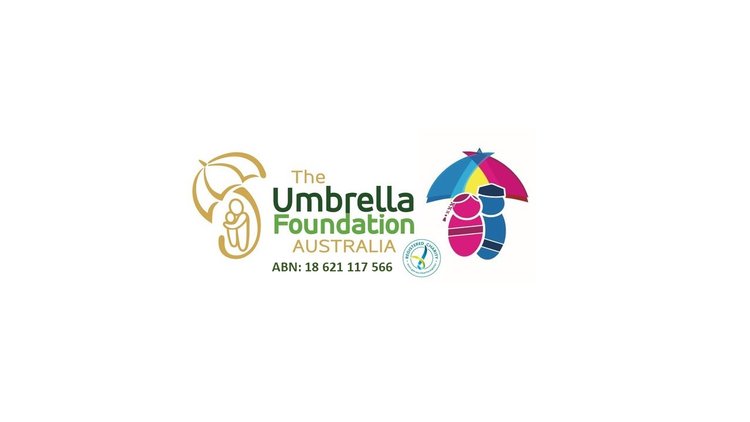








![DSCN2568[1].jpg](https://images.squarespace-cdn.com/content/v1/5255f0bce4b065c225ec7edc/1531283940697-N6ECV36V54RH6P6S6V9A/DSCN2568%5B1%5D.jpg)


![1b564b1c-c604-4c83-af76-4c872936ed87[1].jpg](https://images.squarespace-cdn.com/content/v1/5255f0bce4b065c225ec7edc/1531284596808-52CSAP0N8L7US58UKCRY/1b564b1c-c604-4c83-af76-4c872936ed87%5B1%5D.jpg)














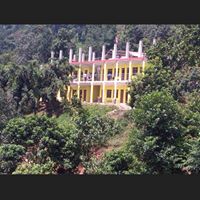

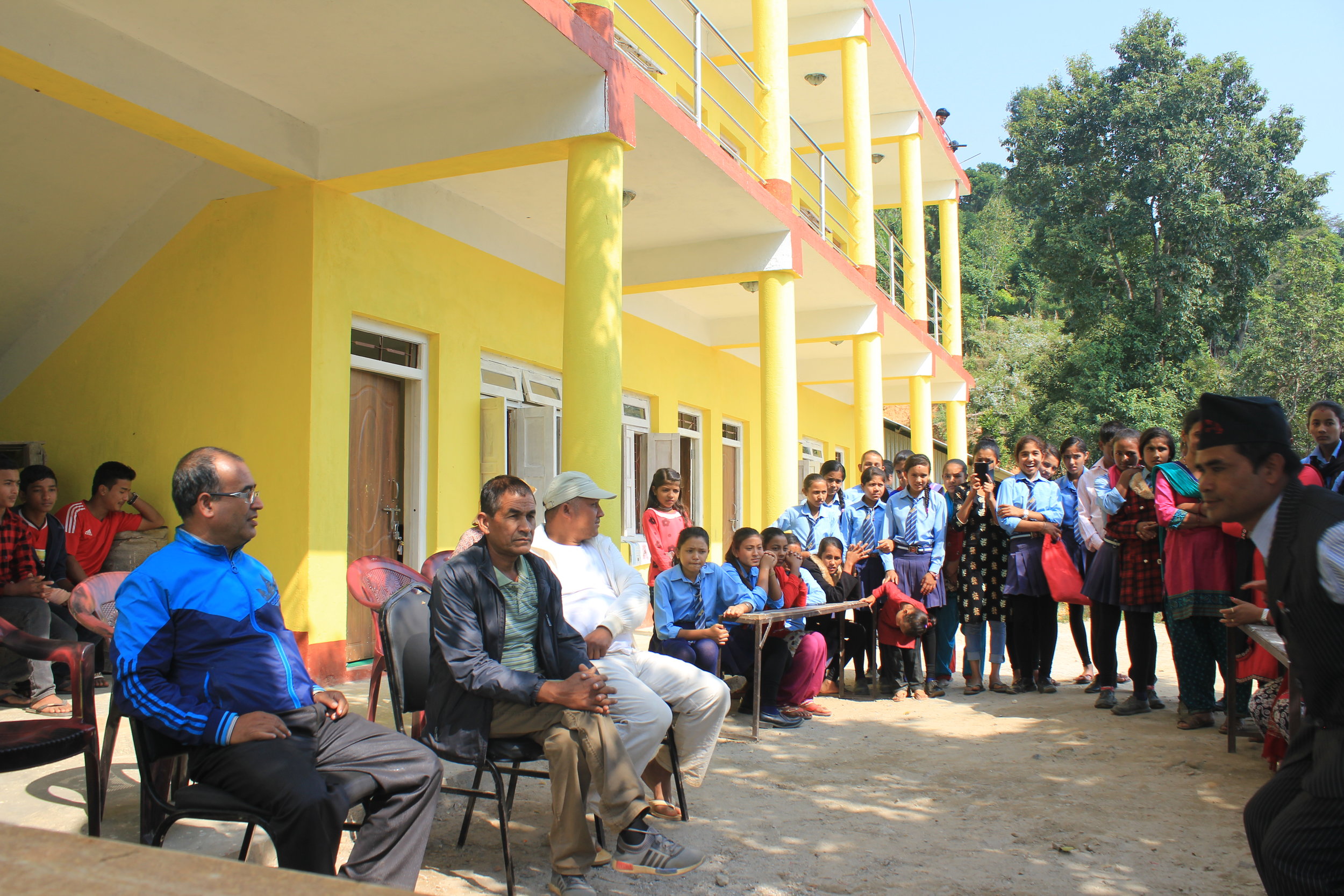
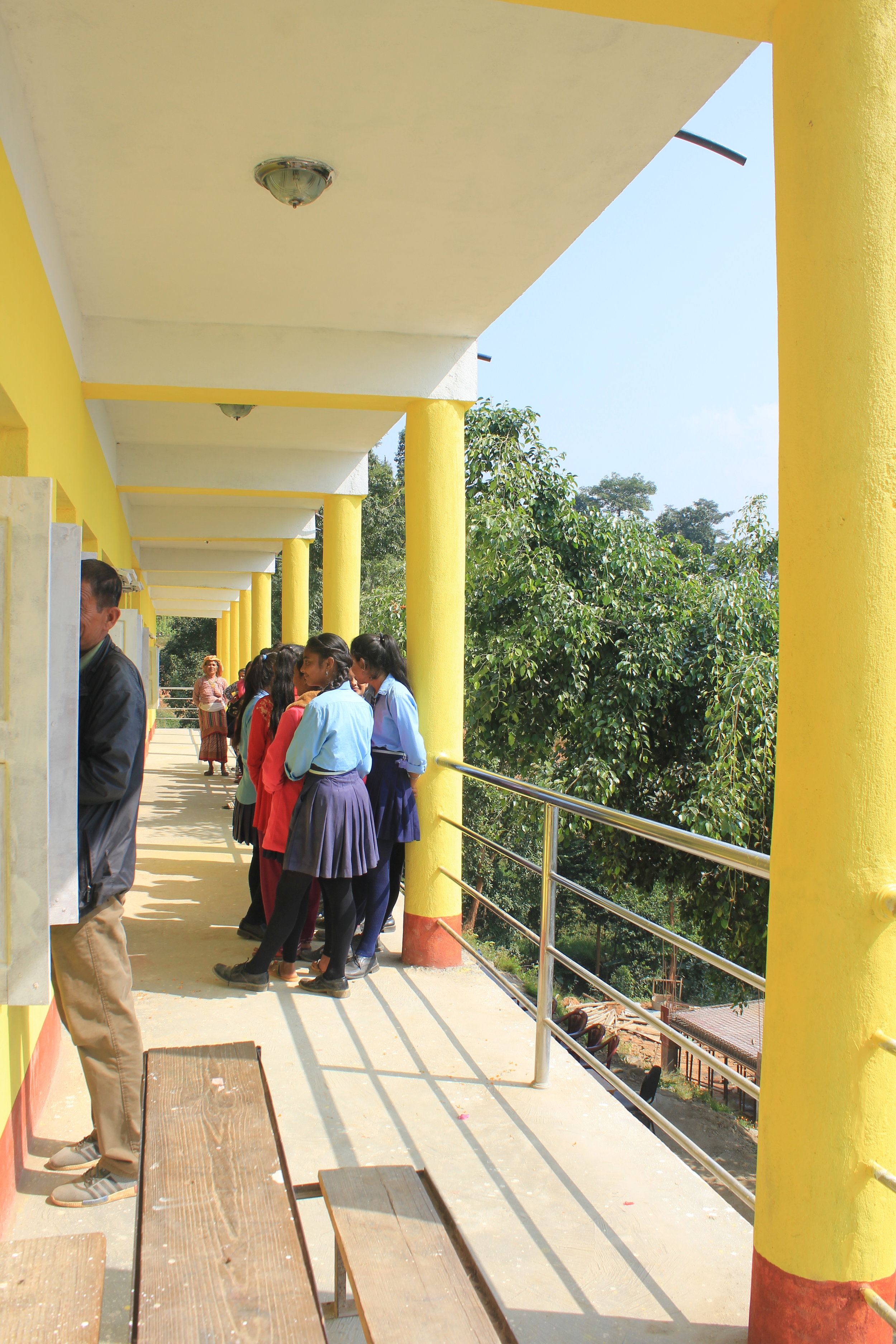
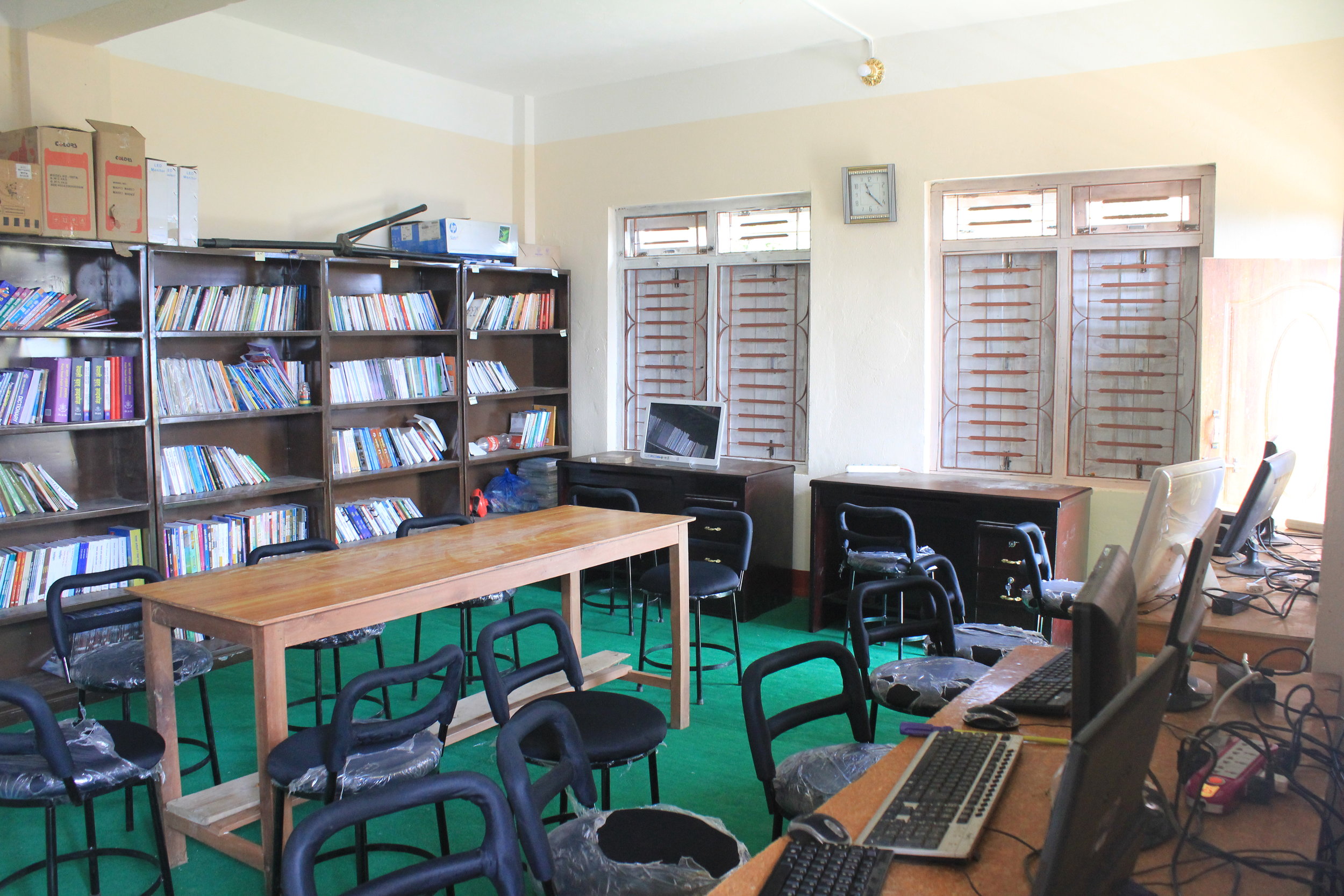
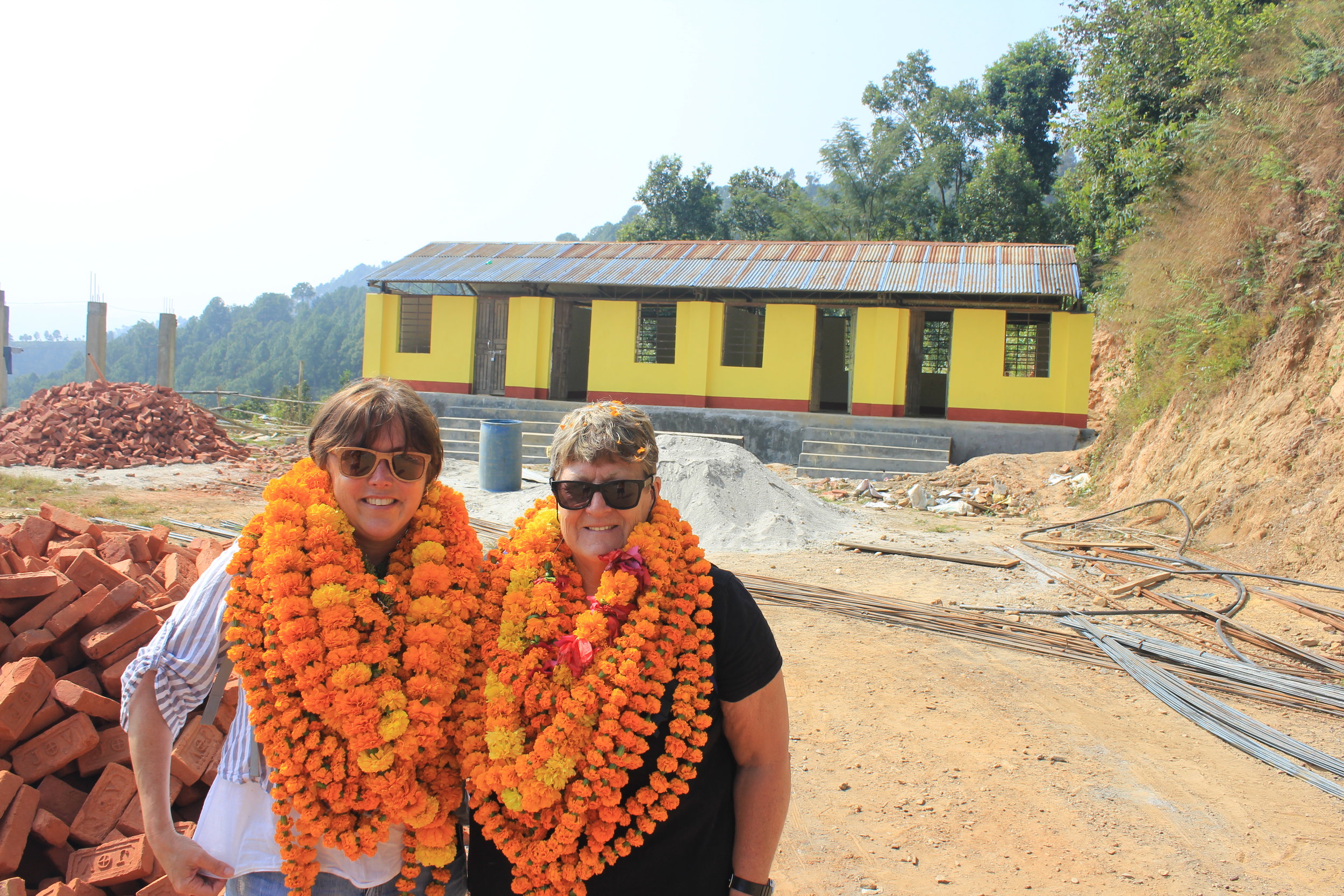
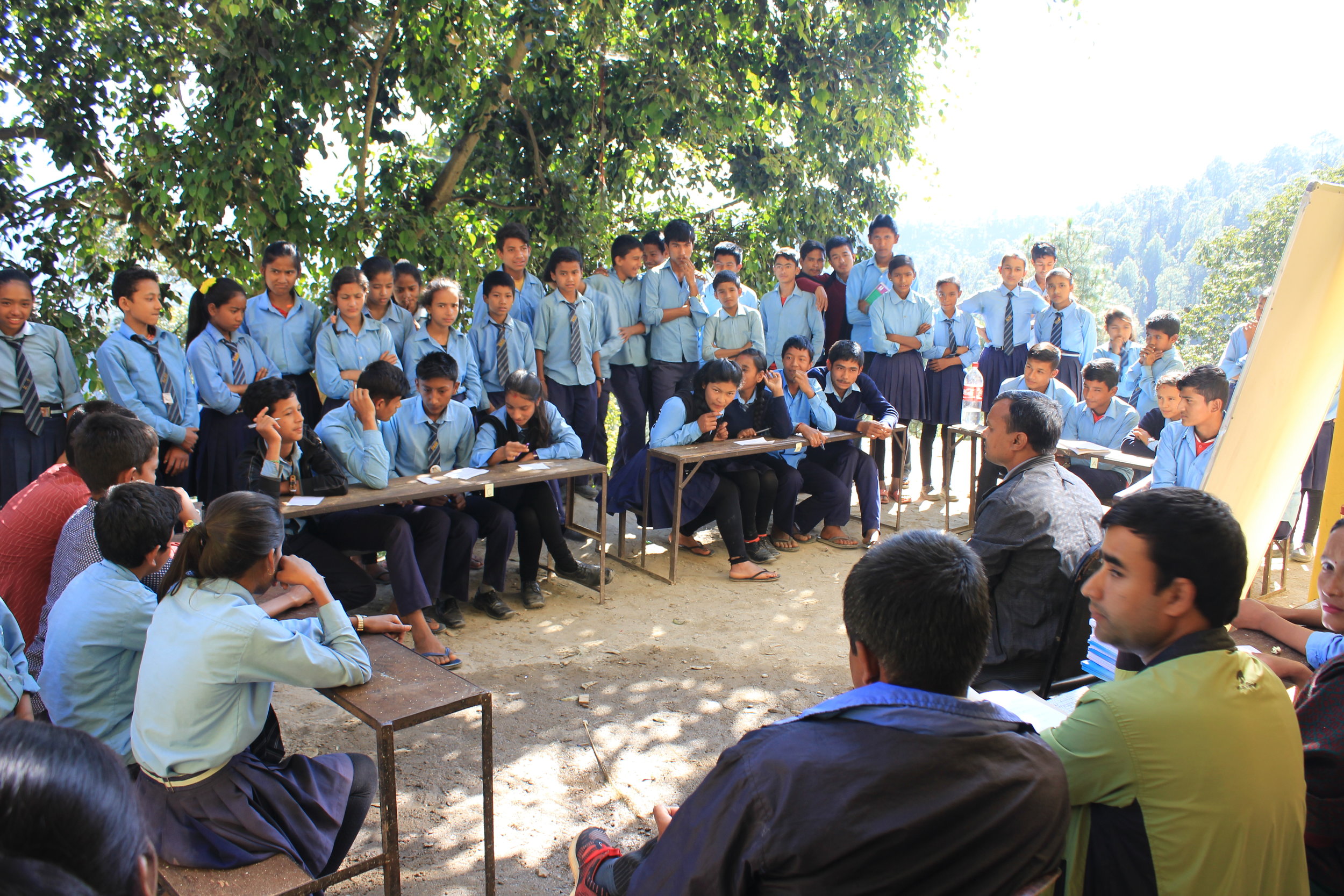
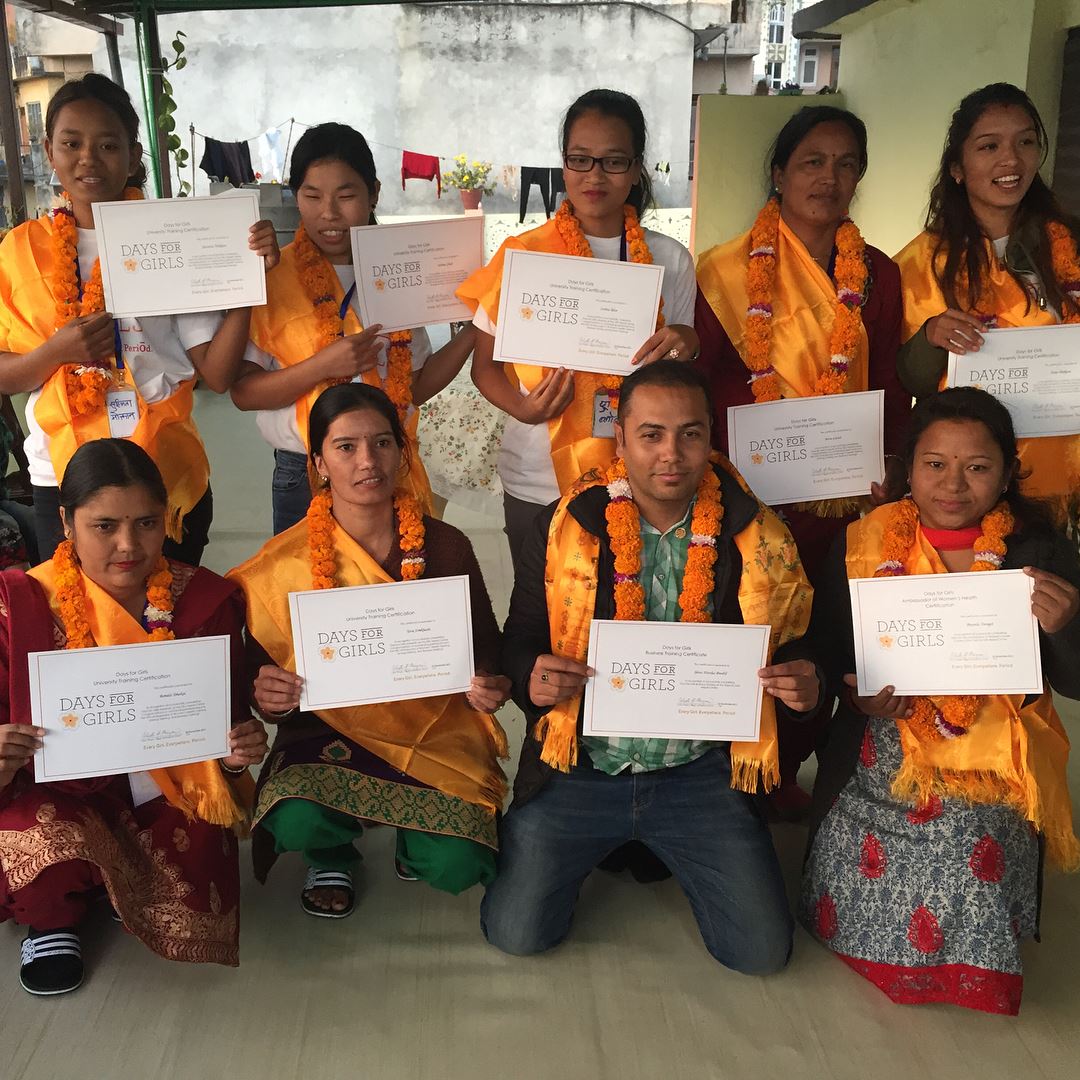

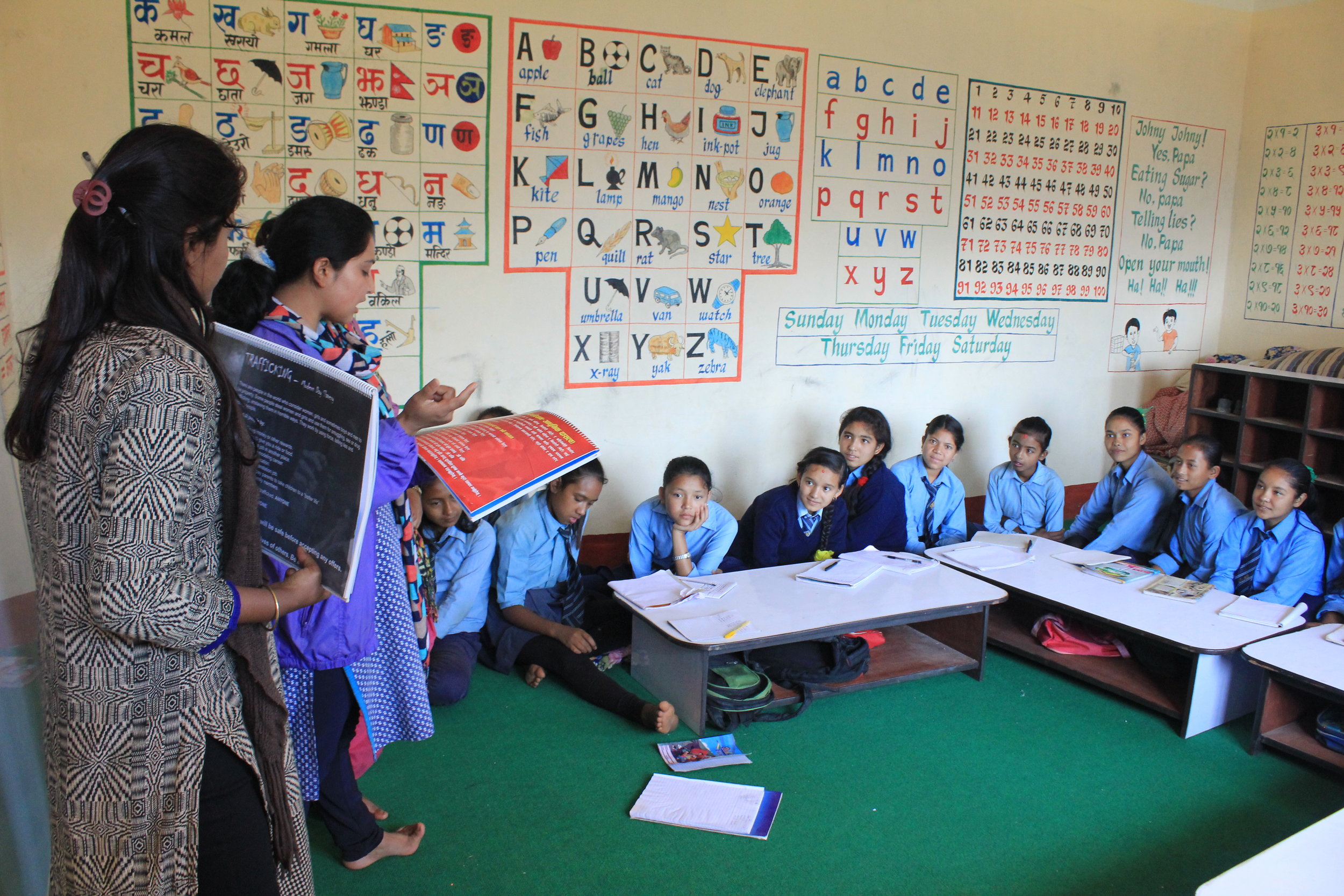
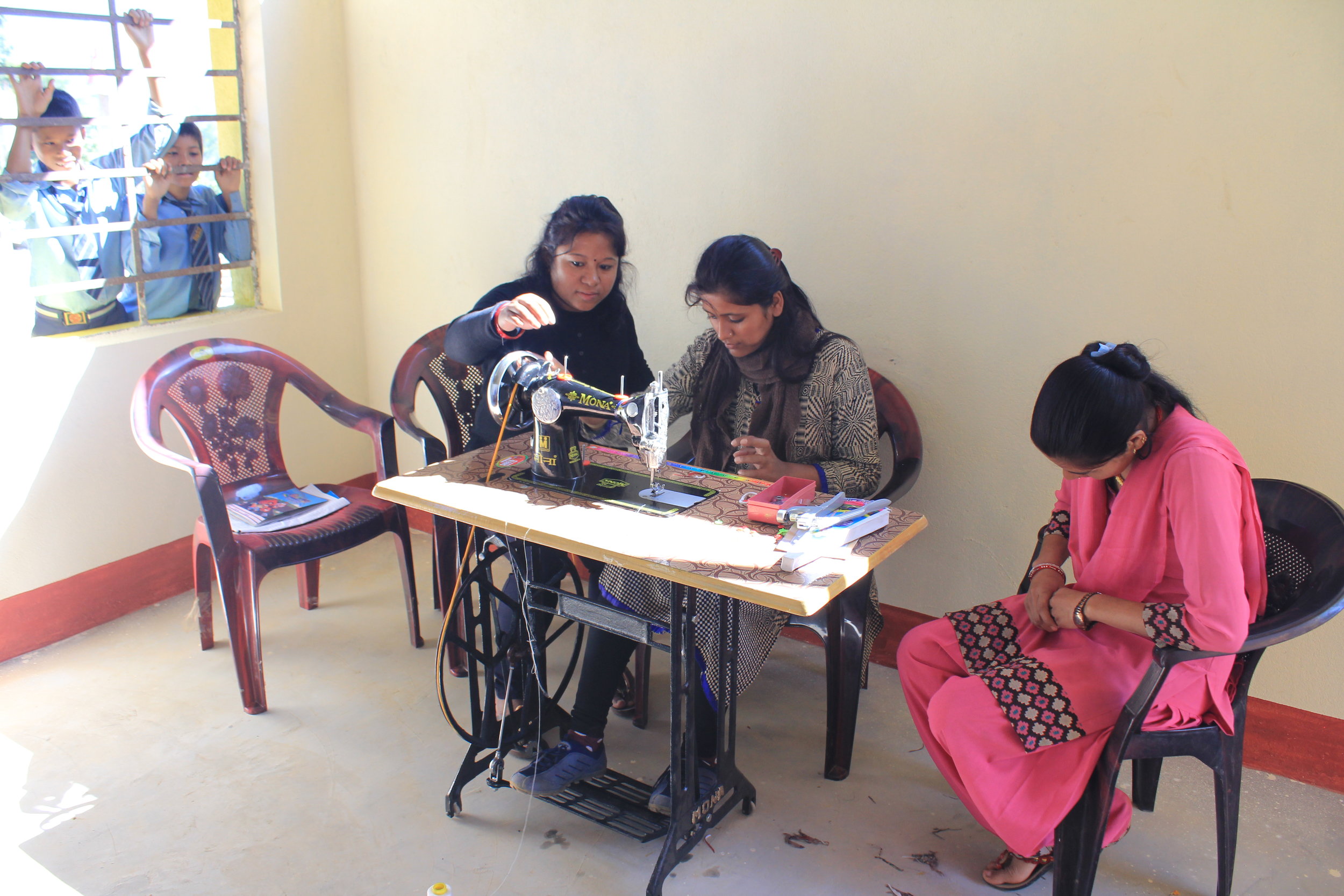
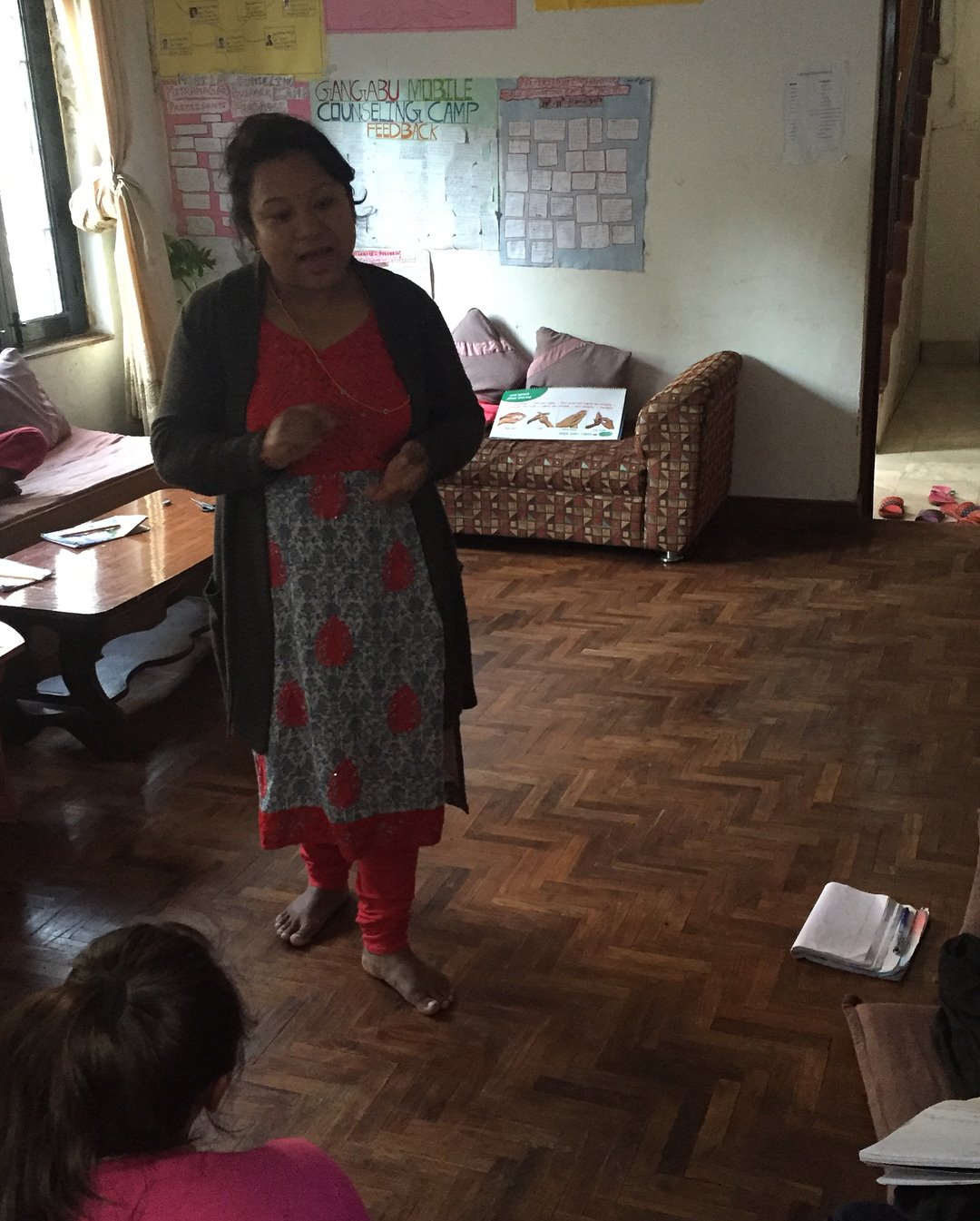

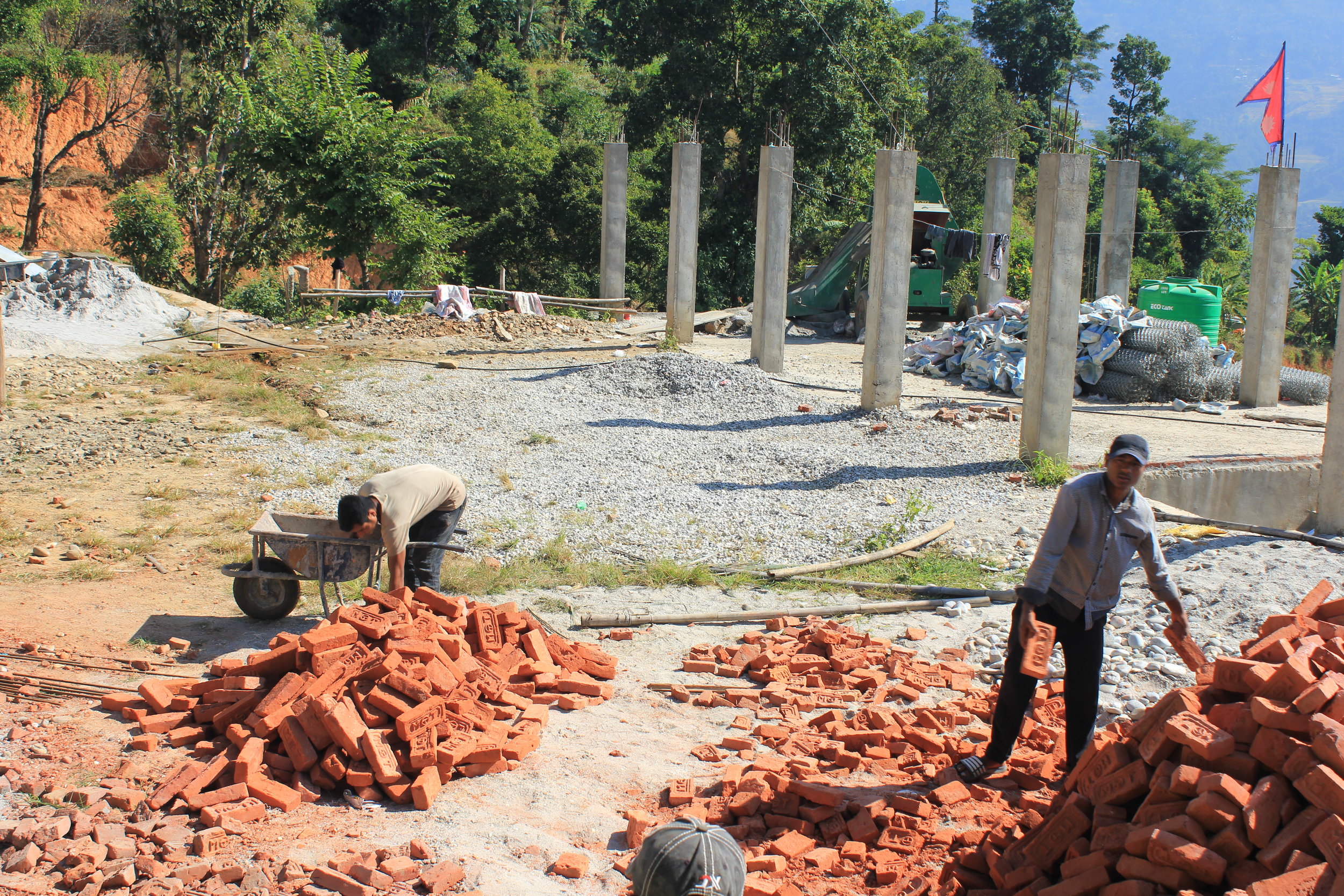
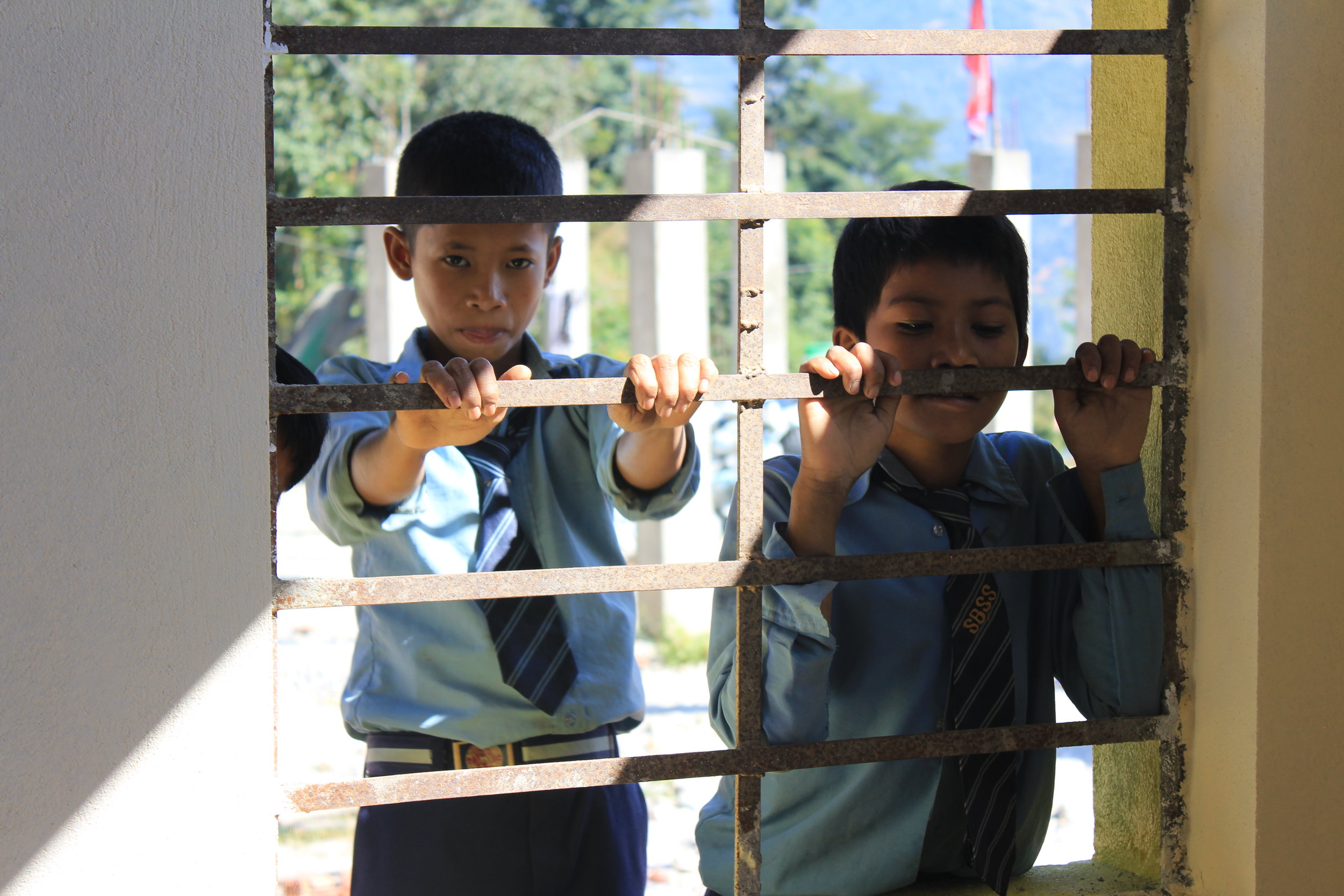
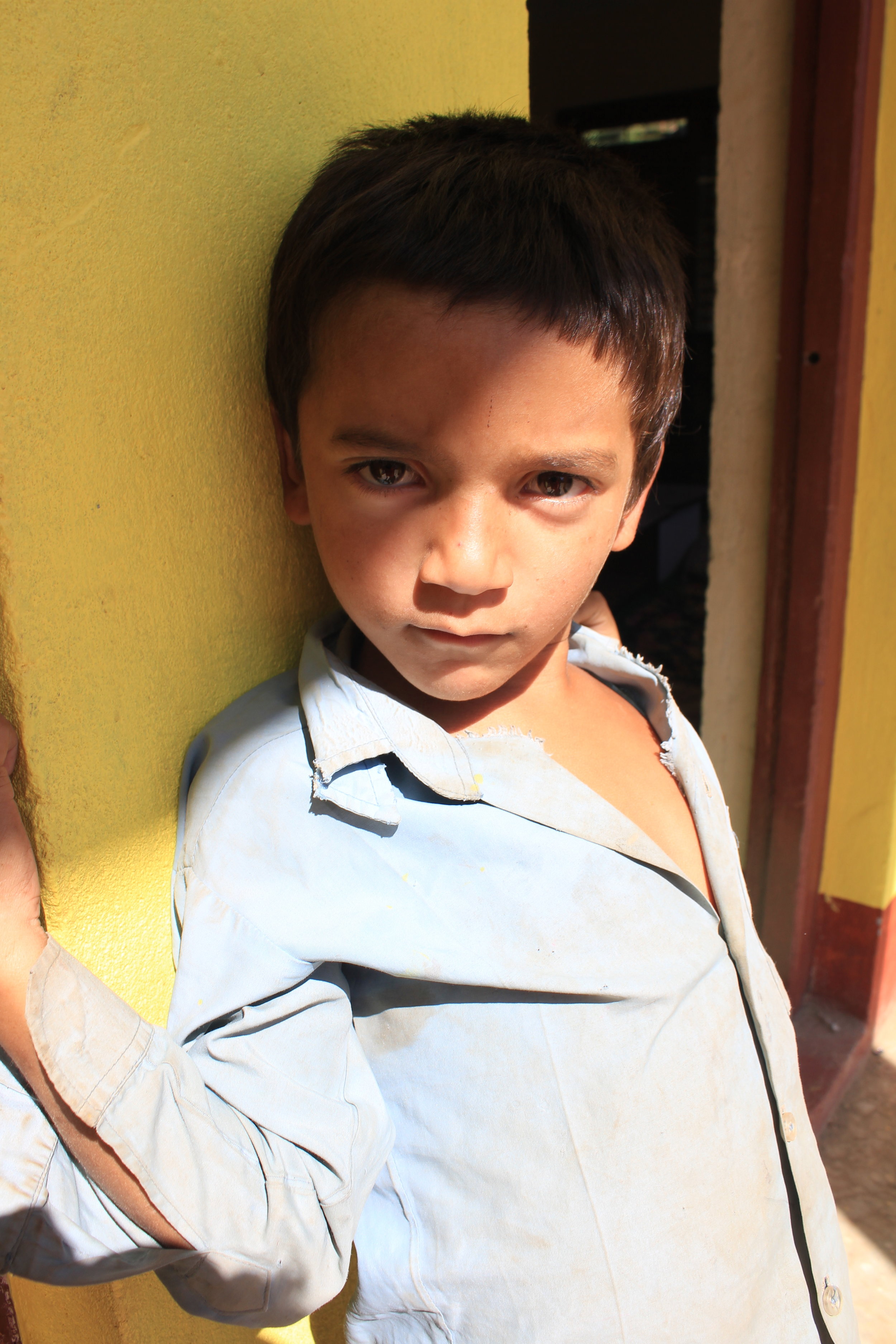
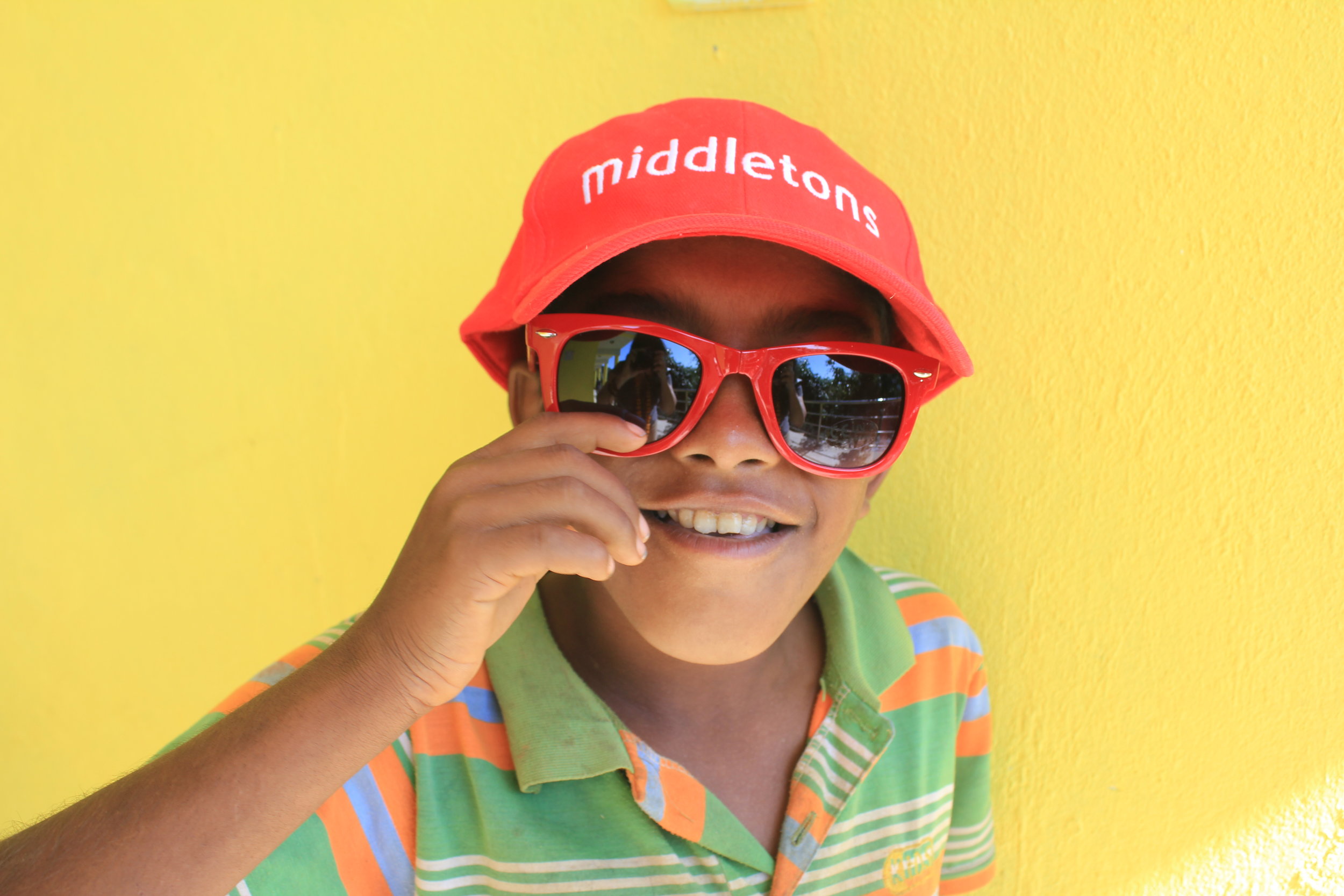
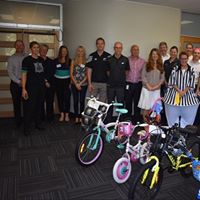

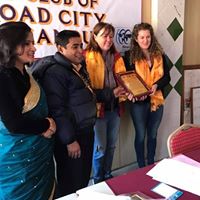
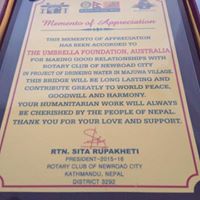
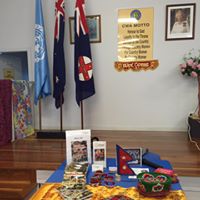




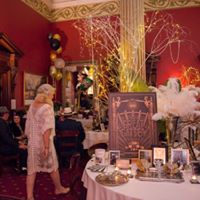
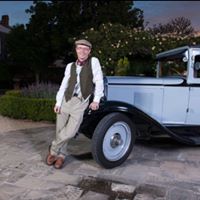
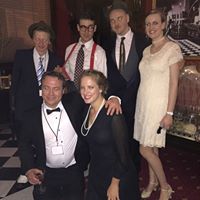

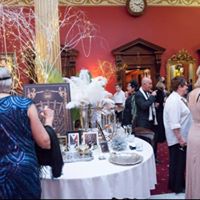



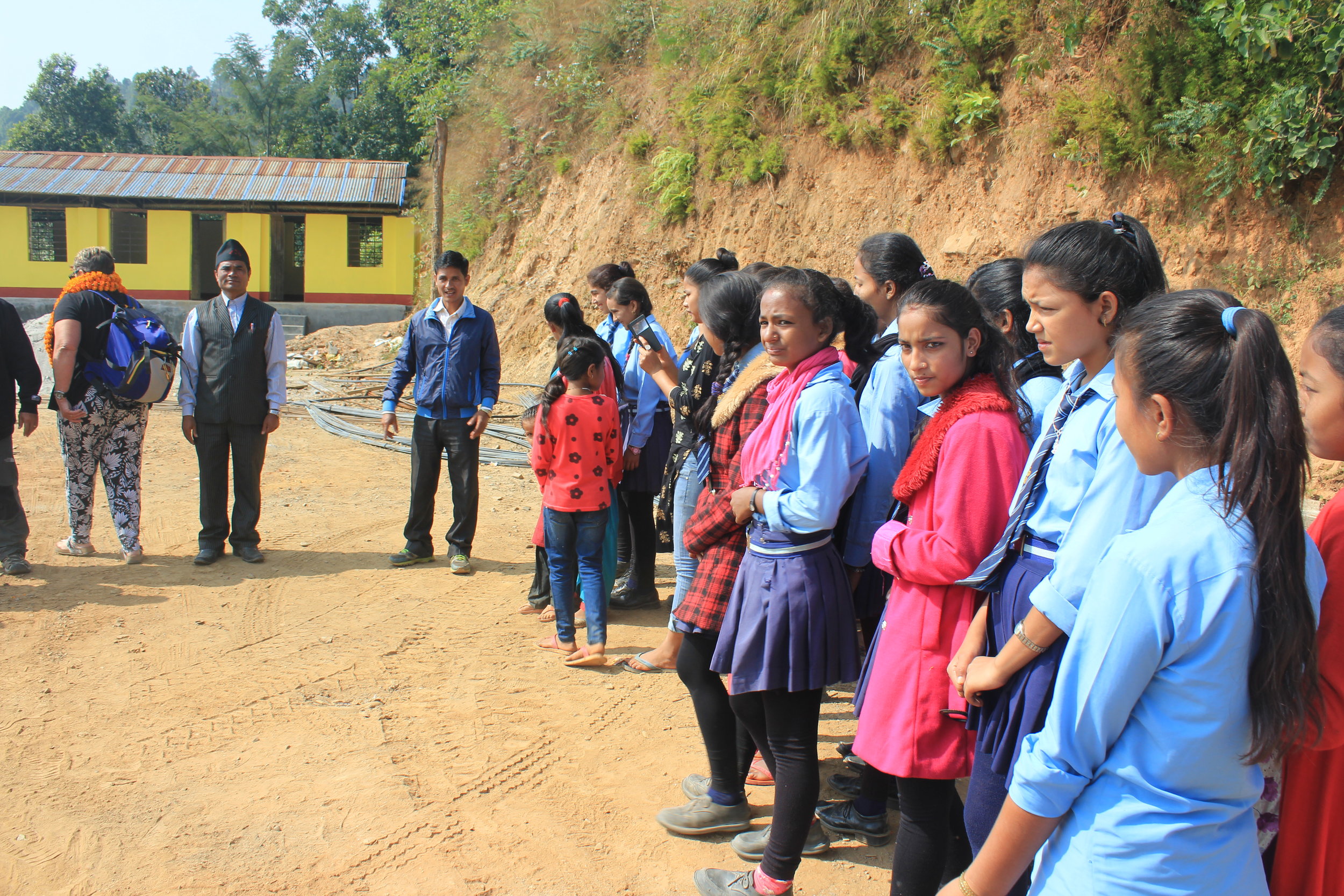


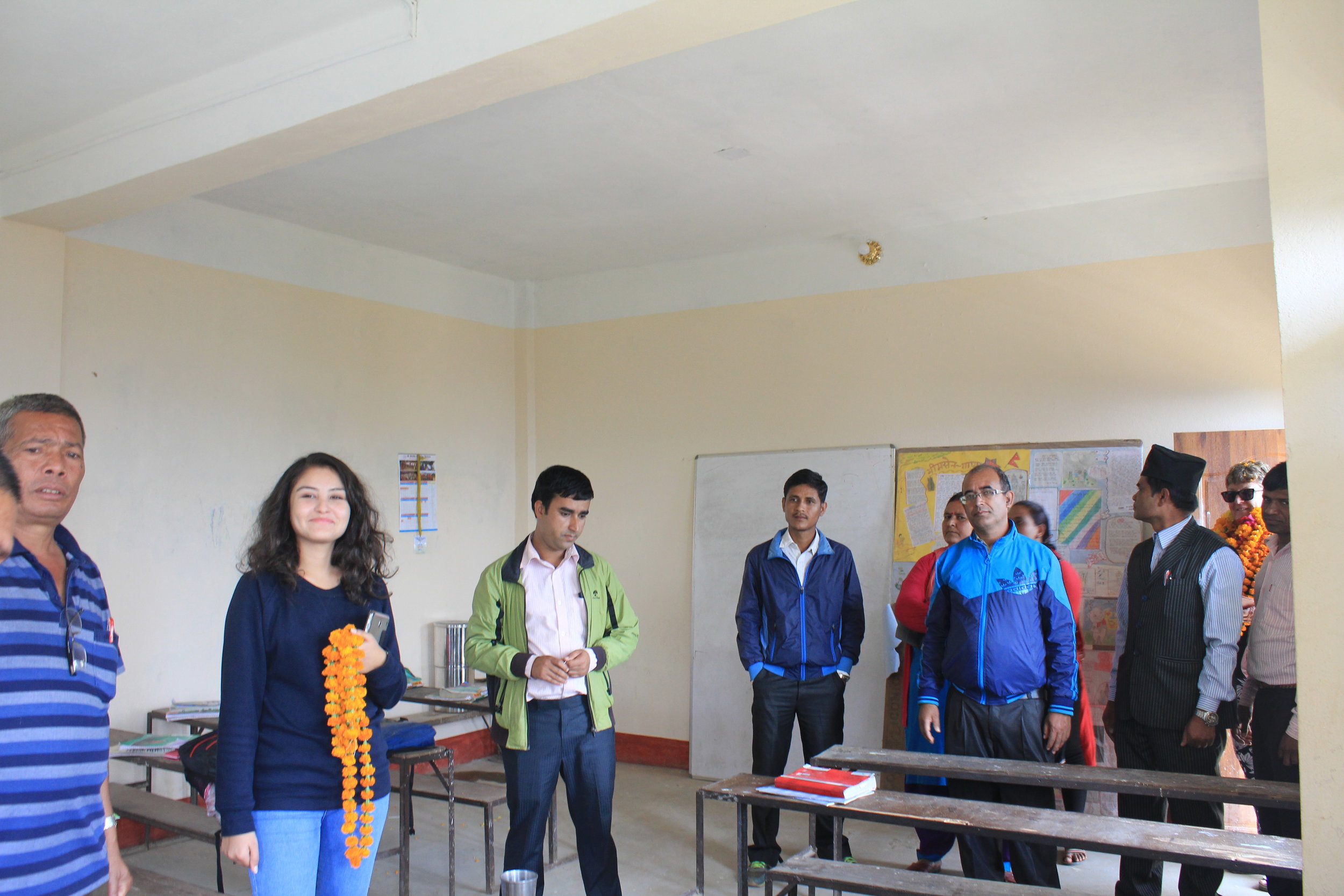

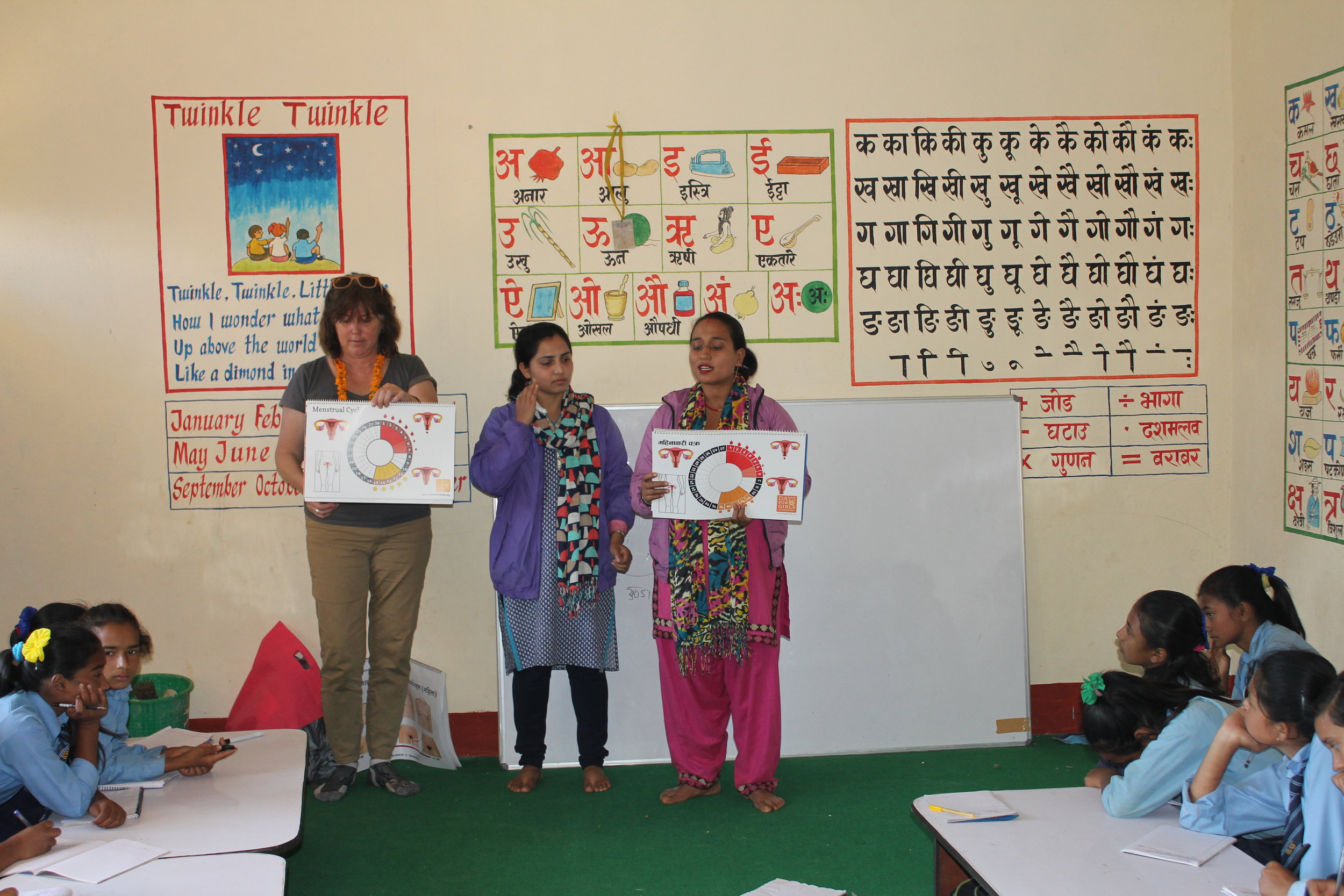
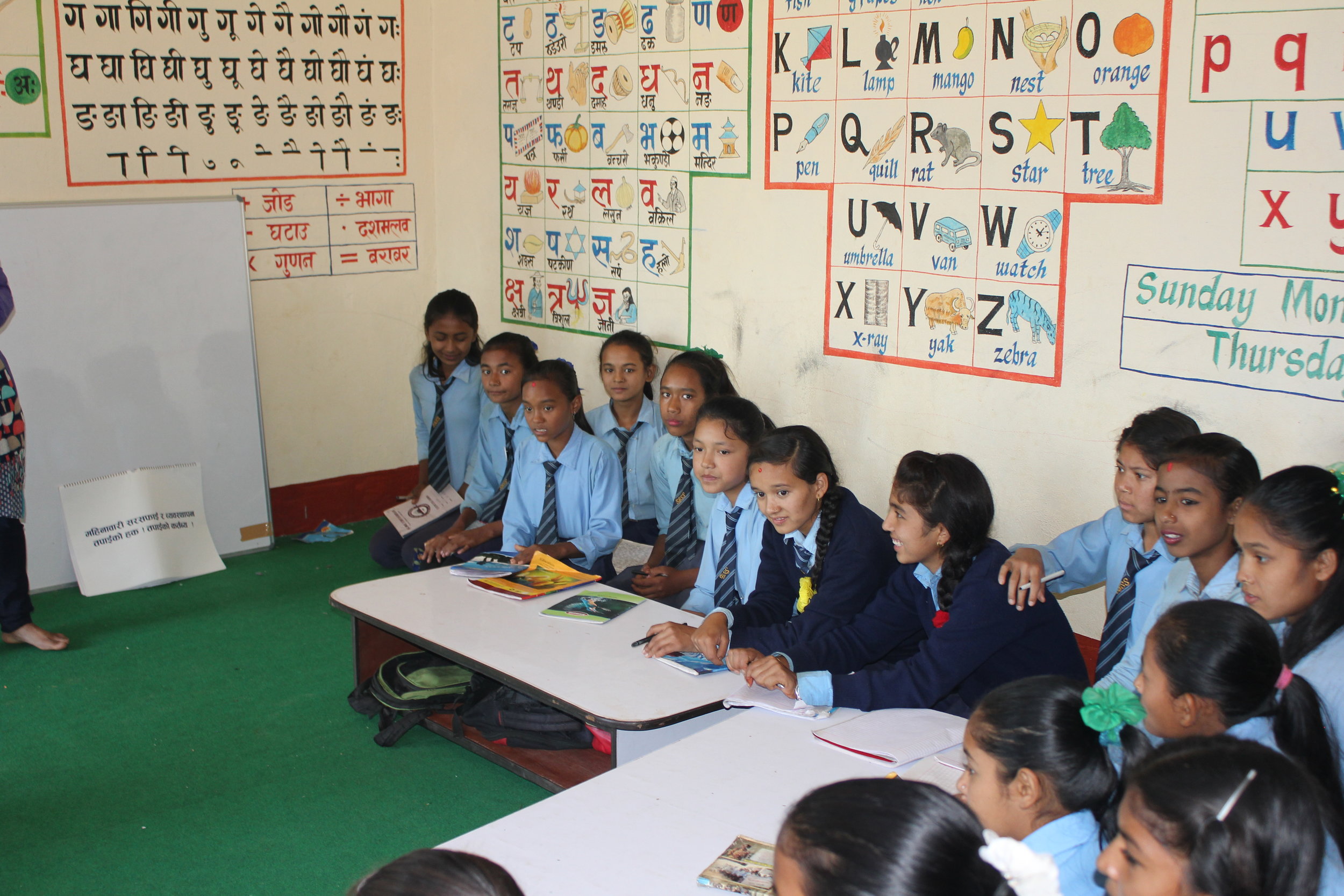
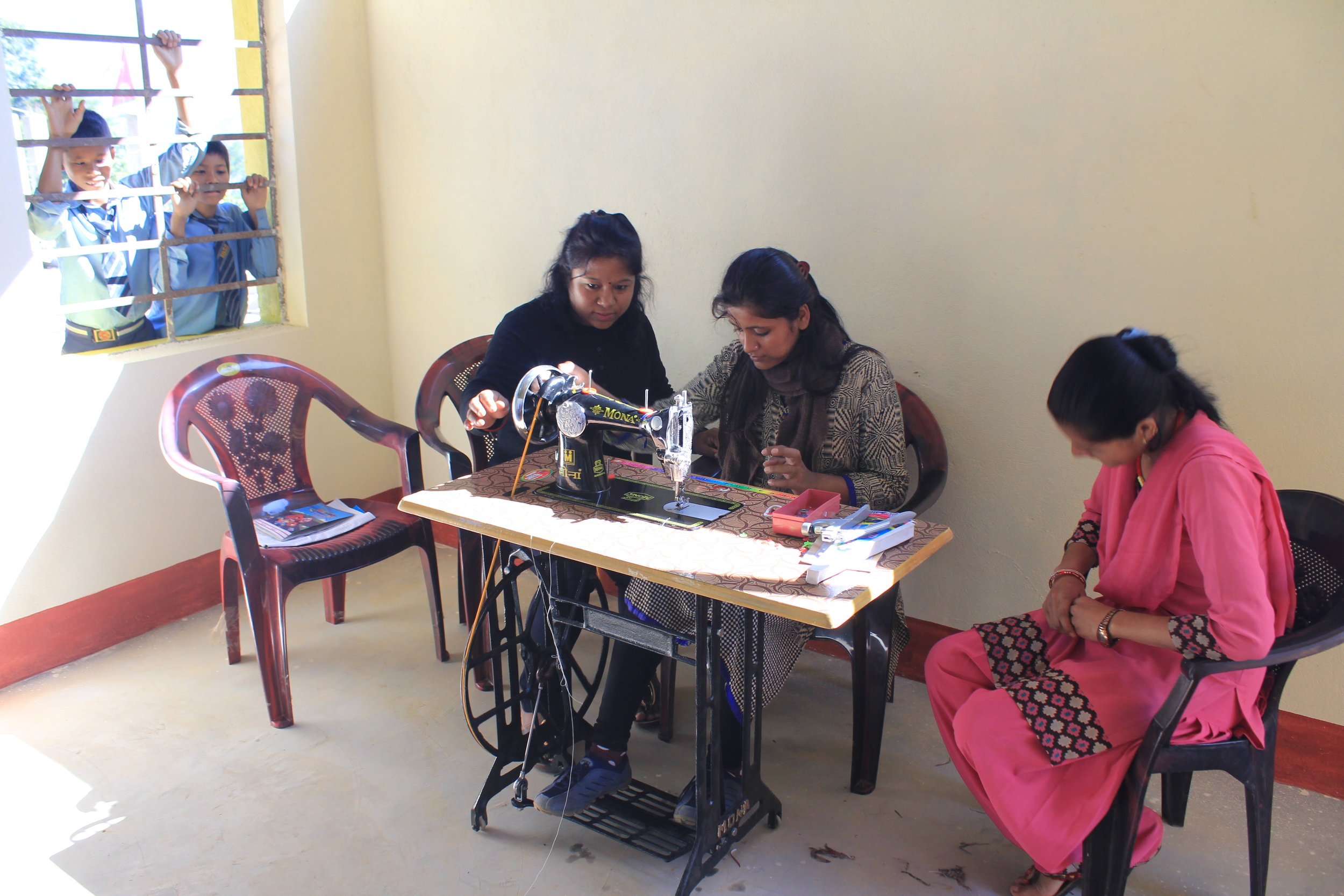


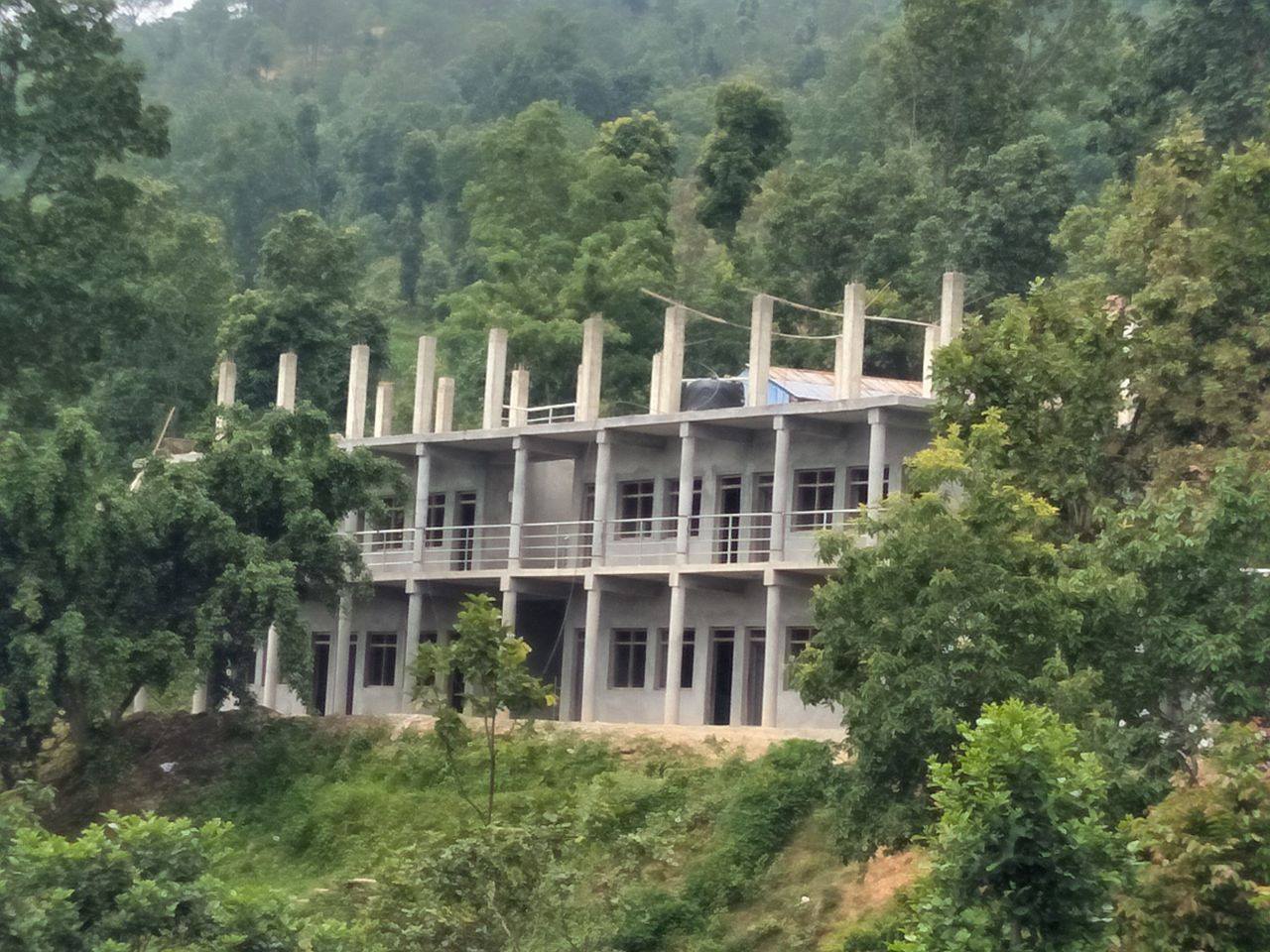
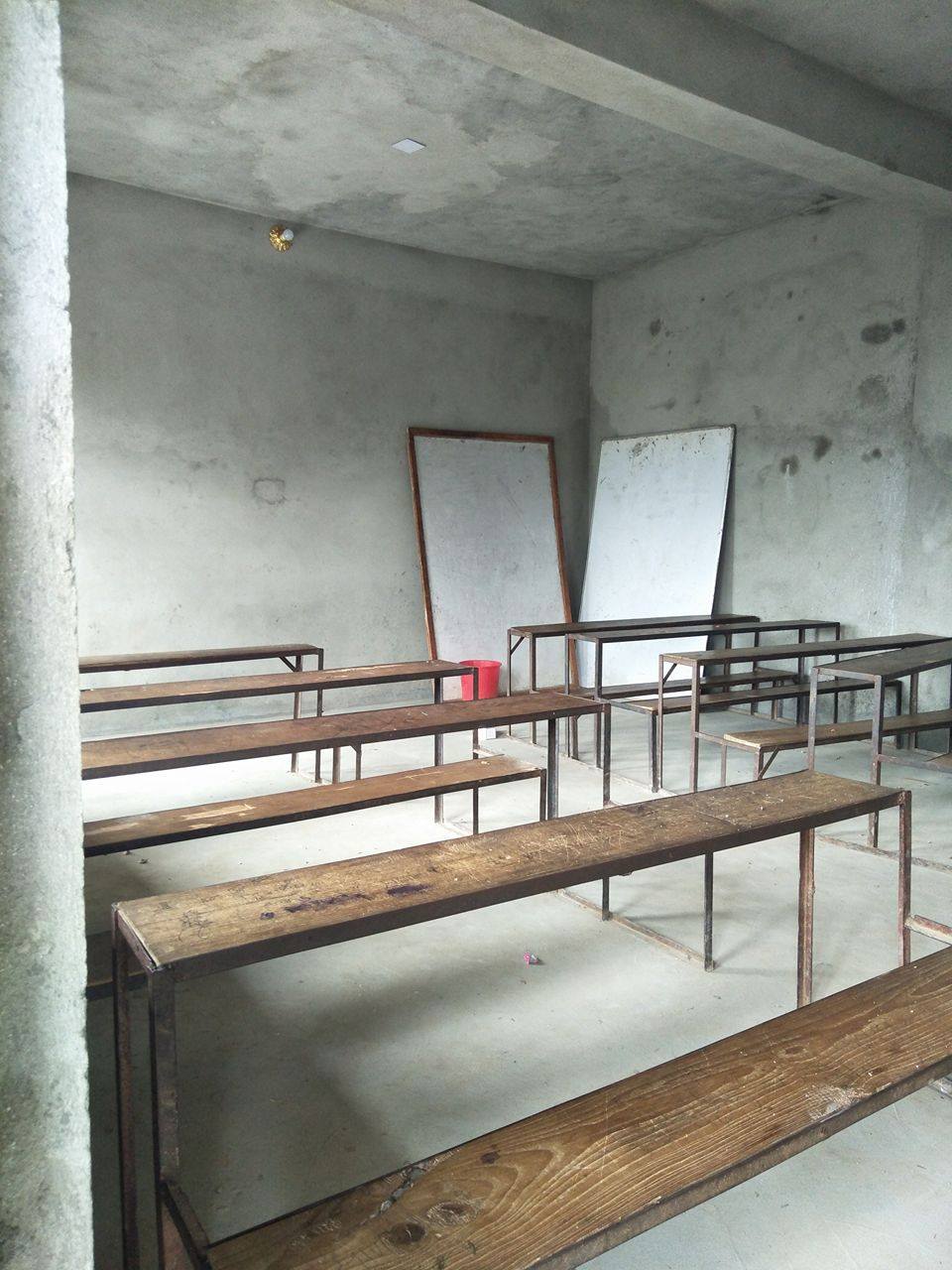
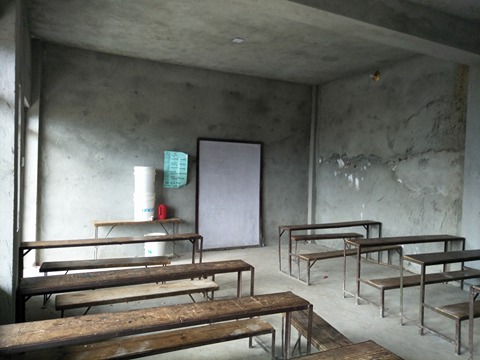
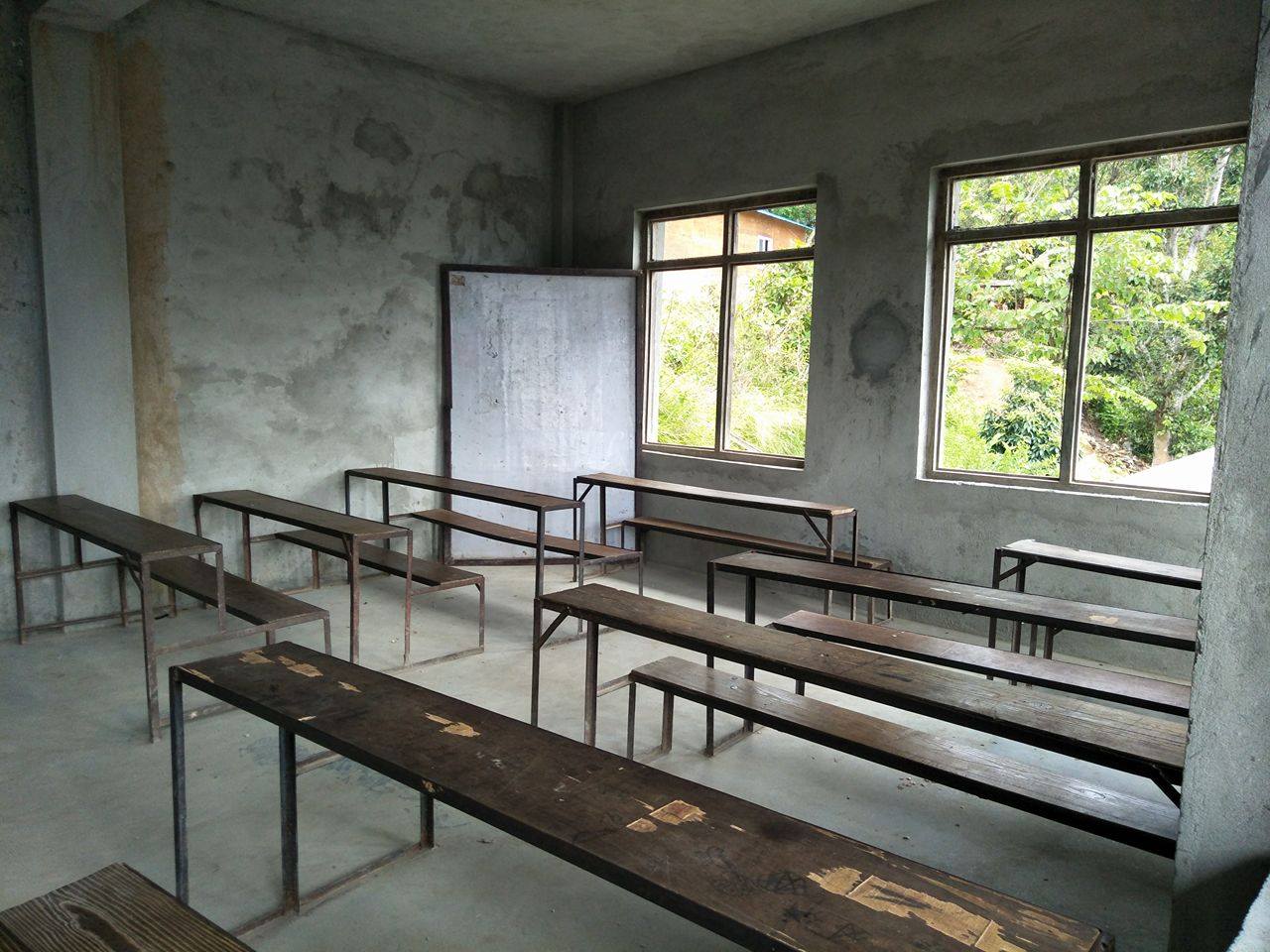

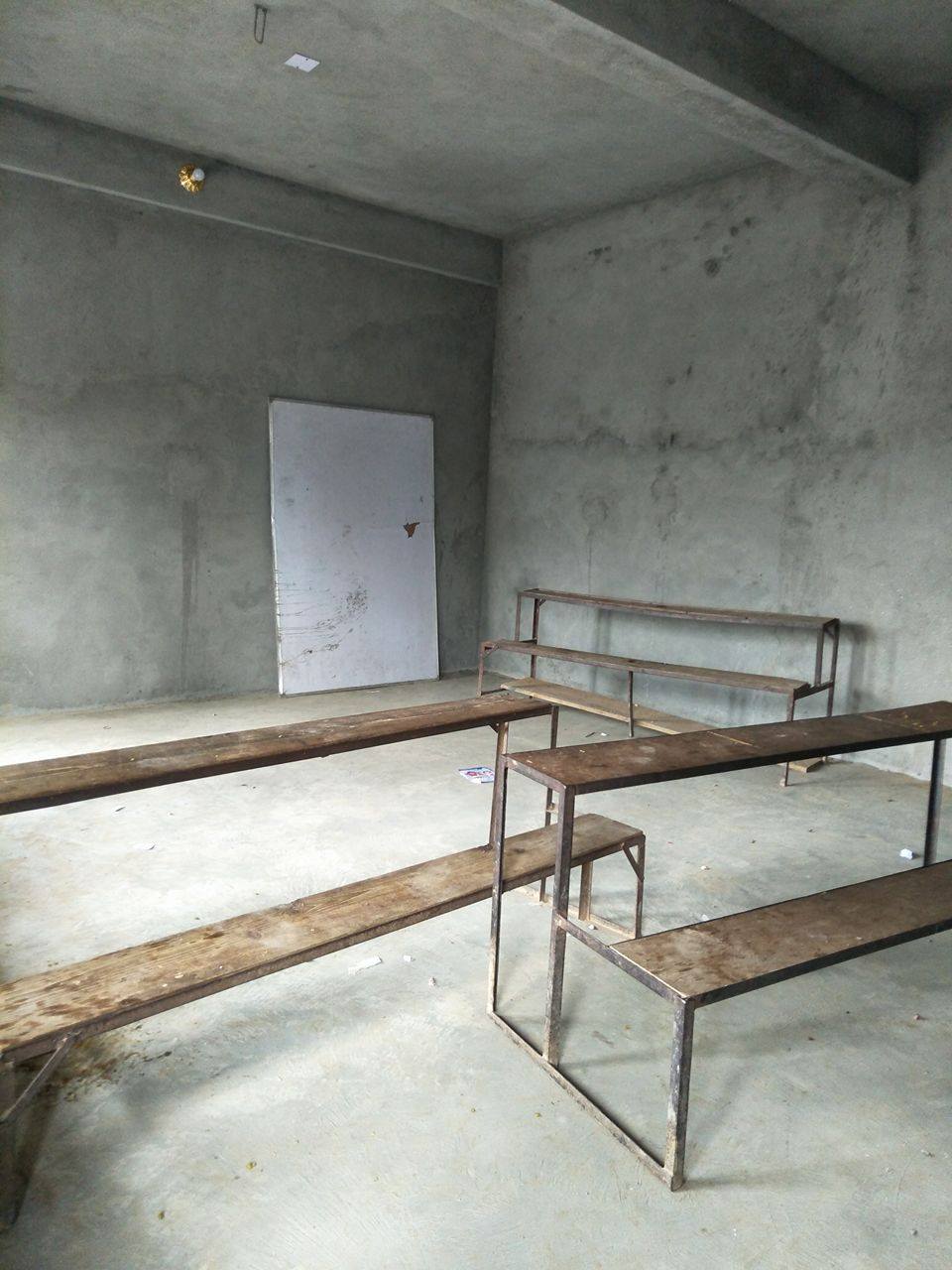
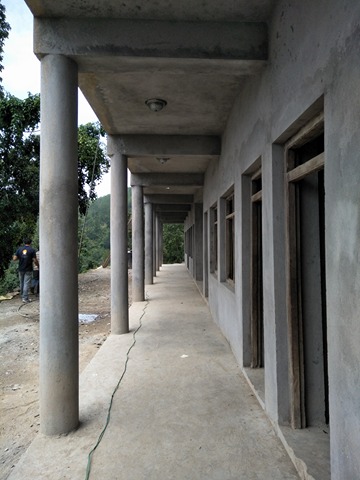
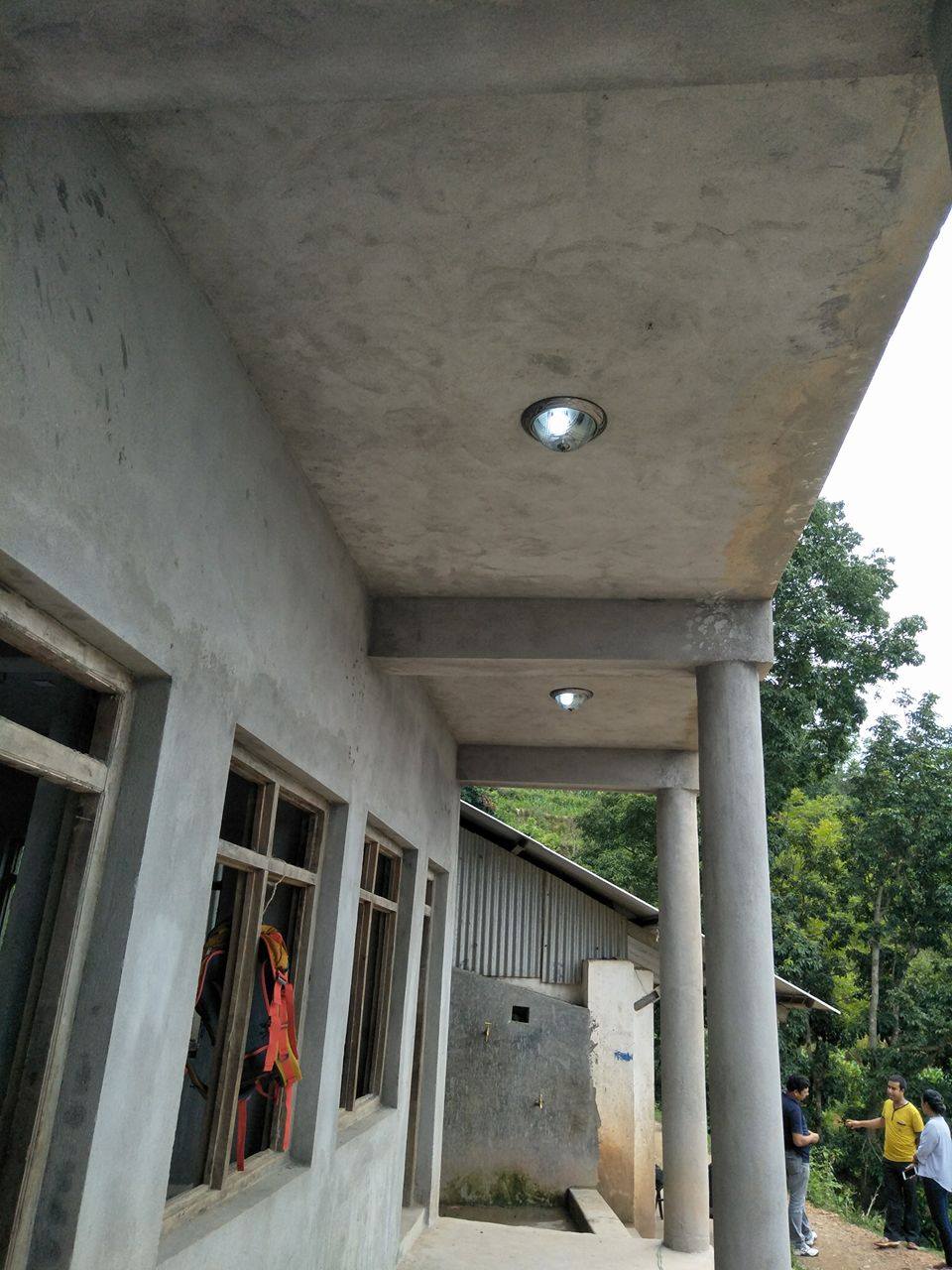
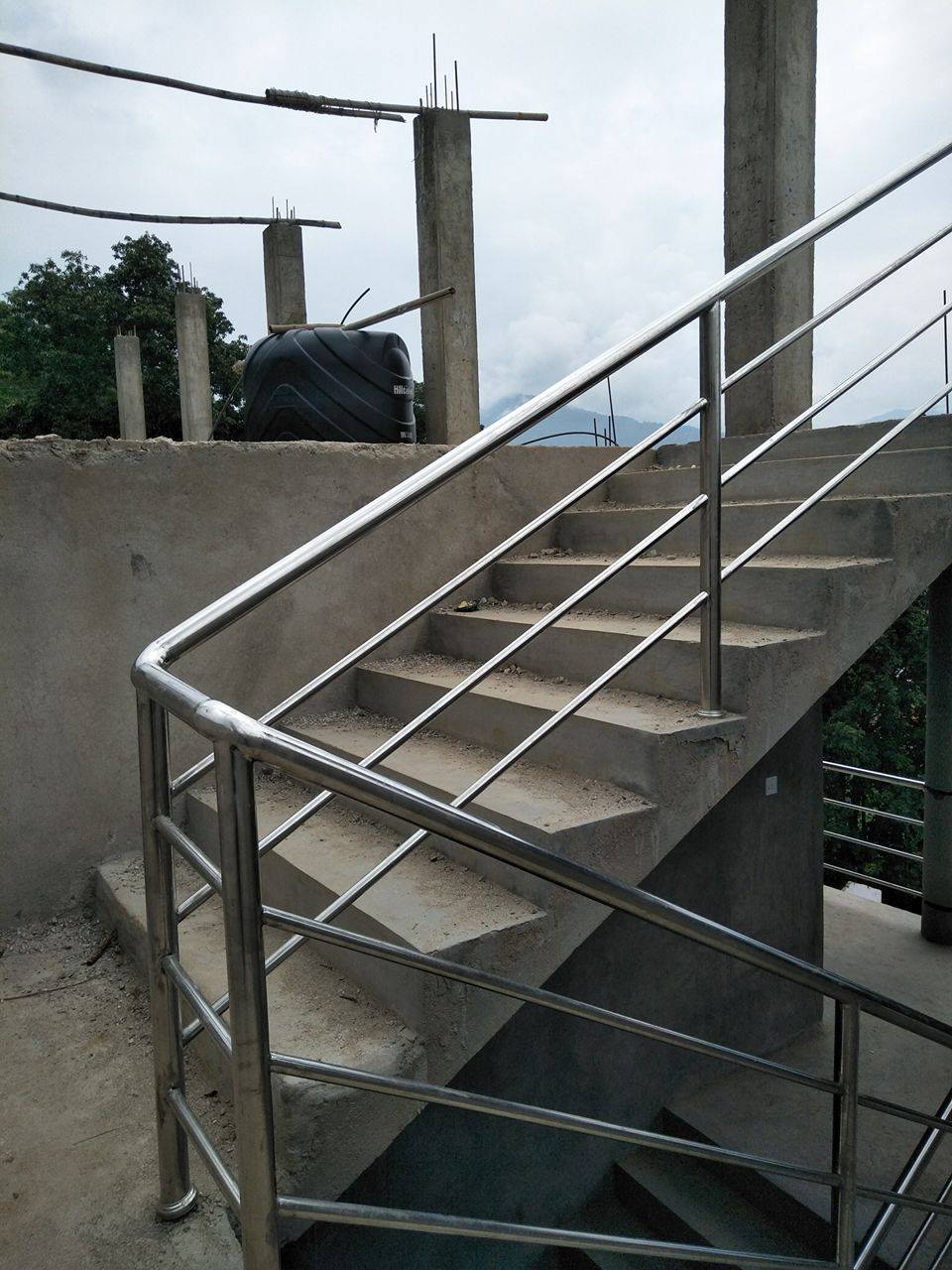
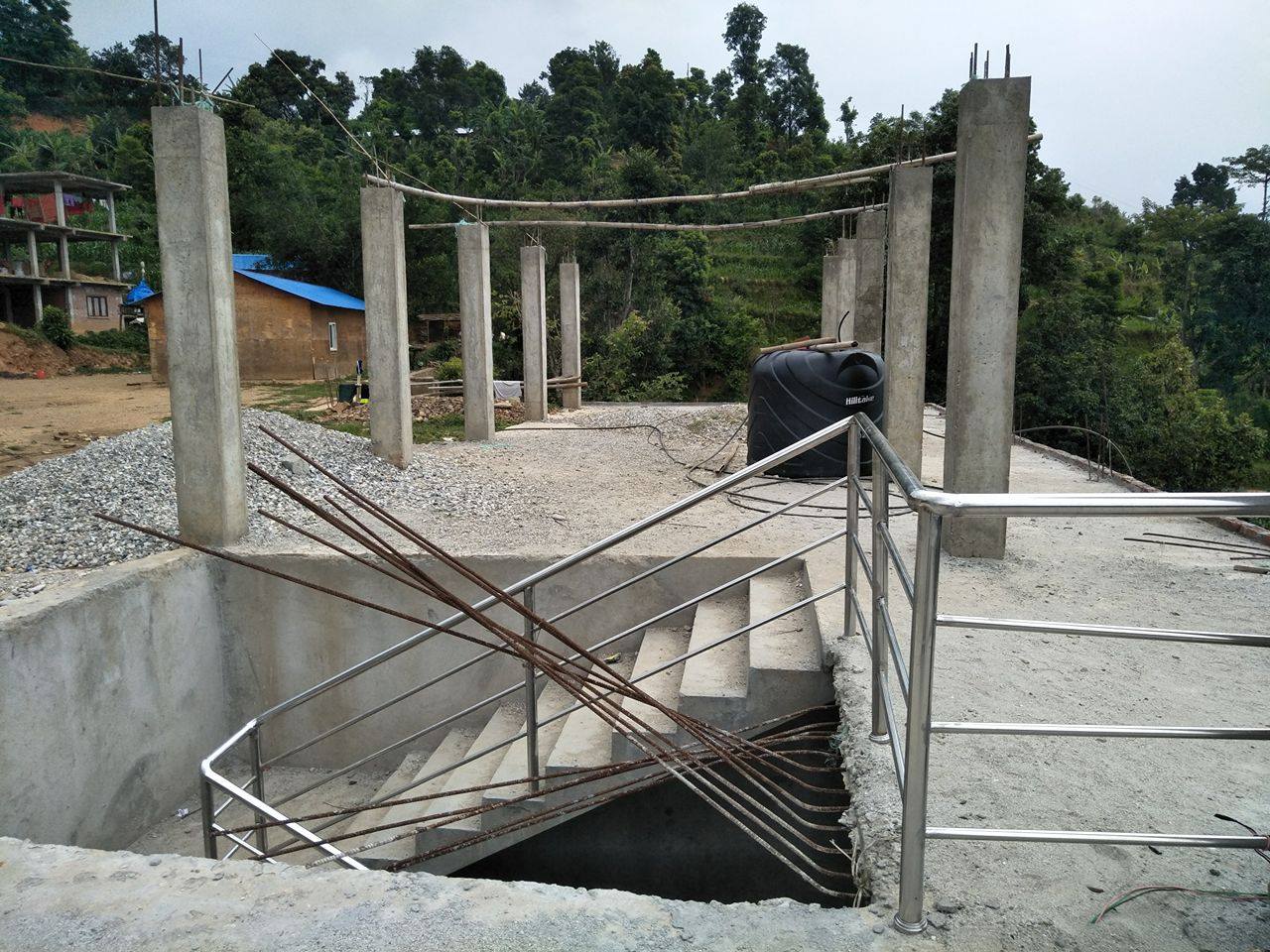
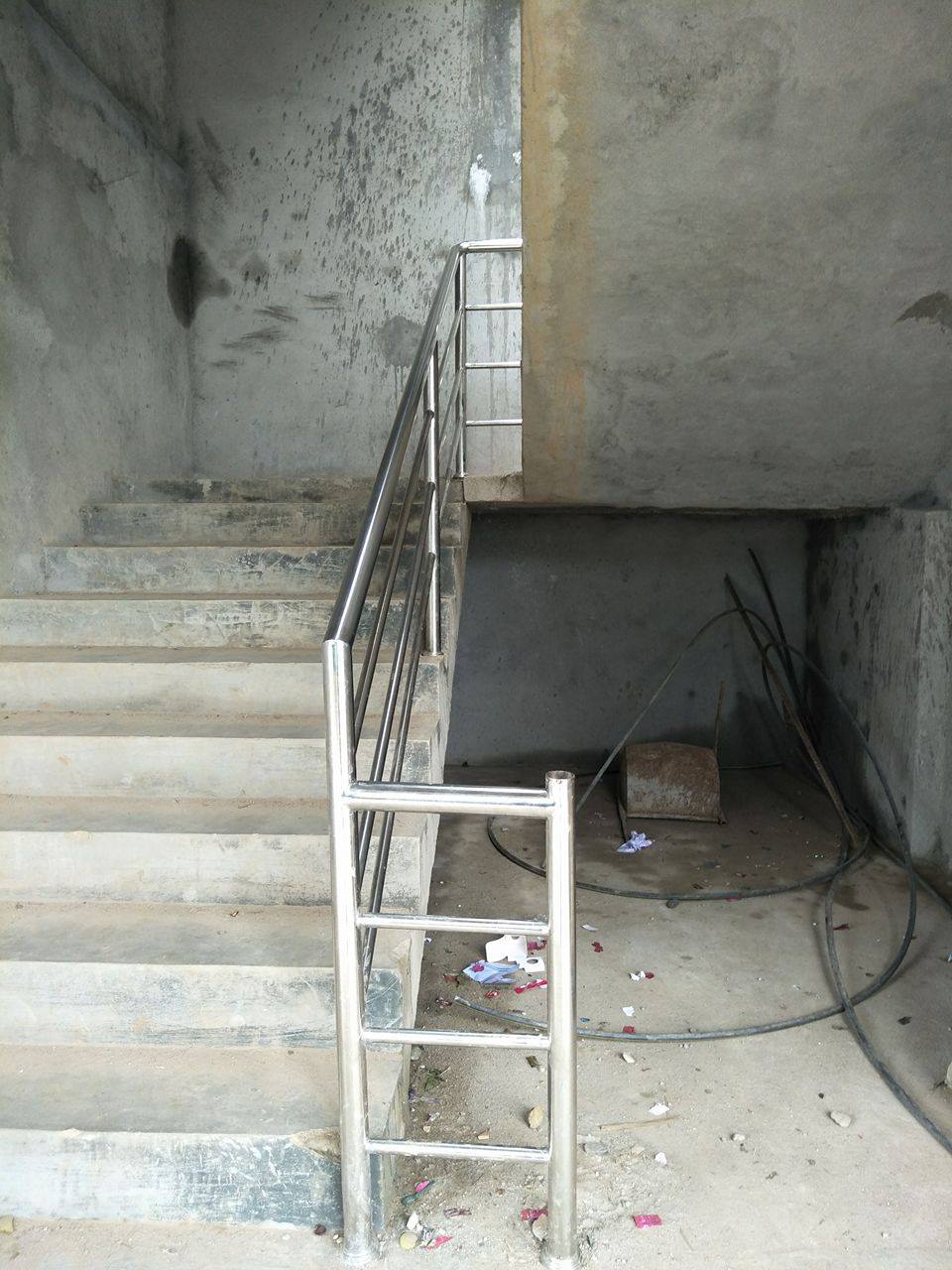
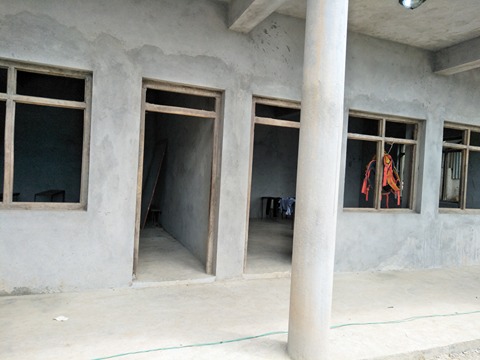


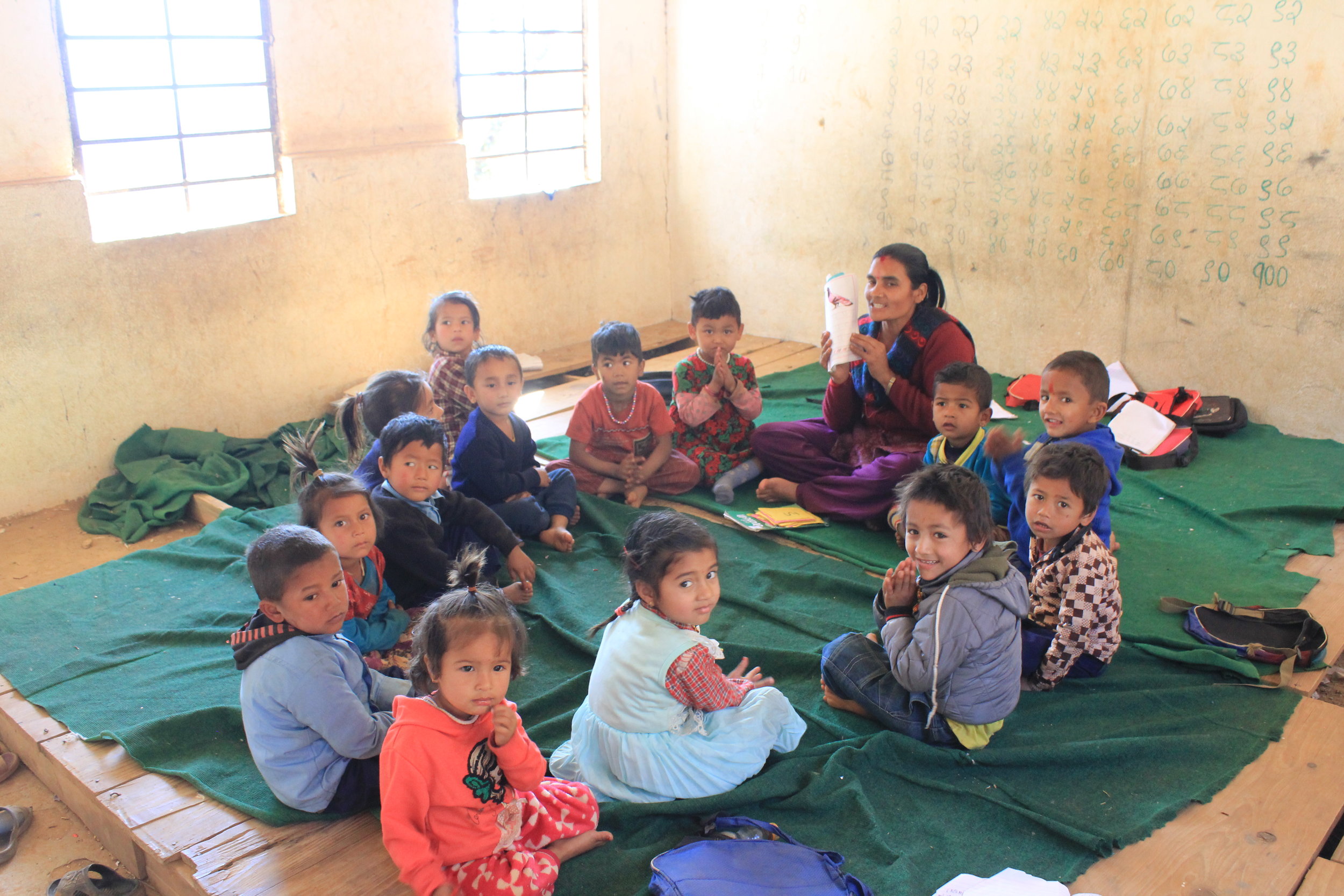


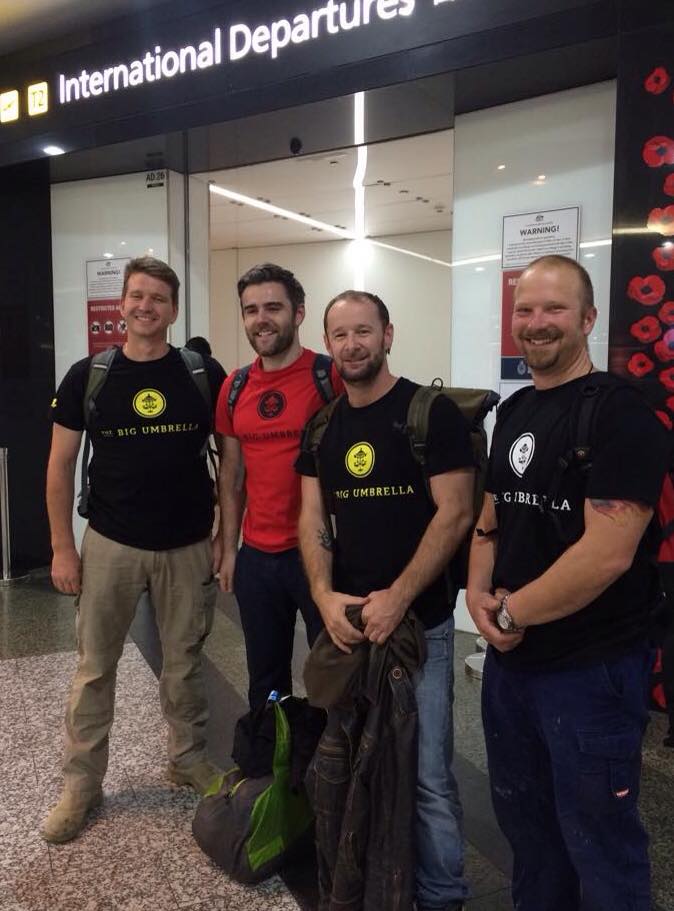
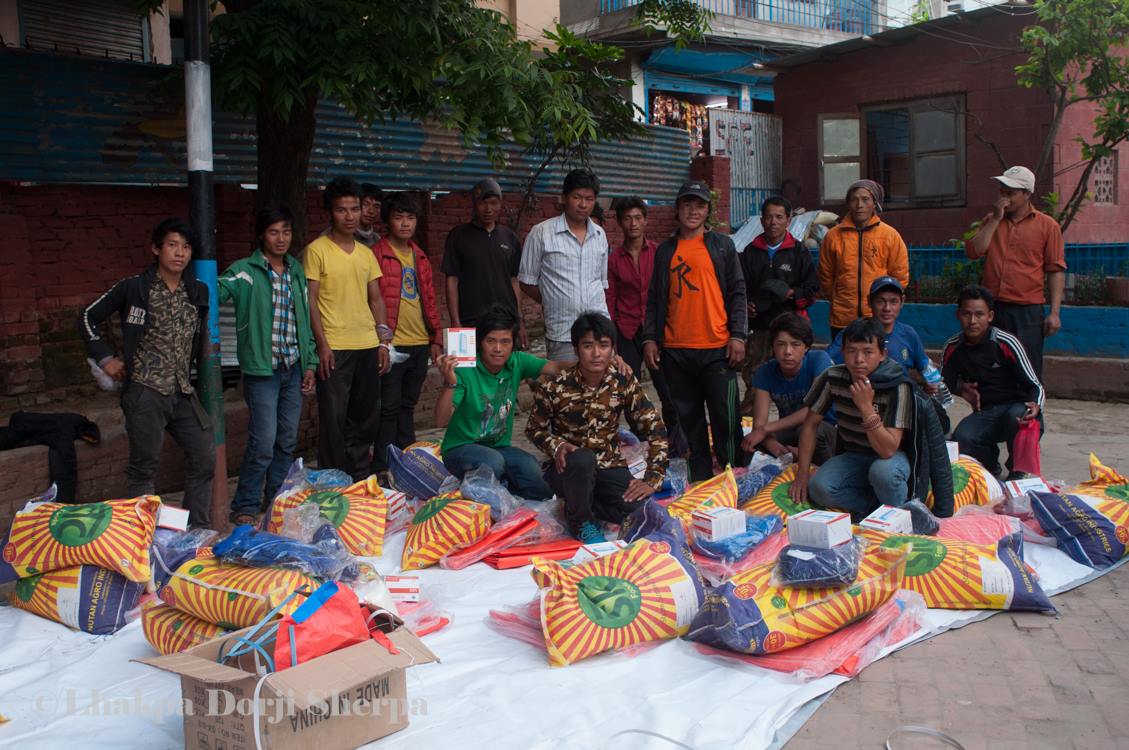
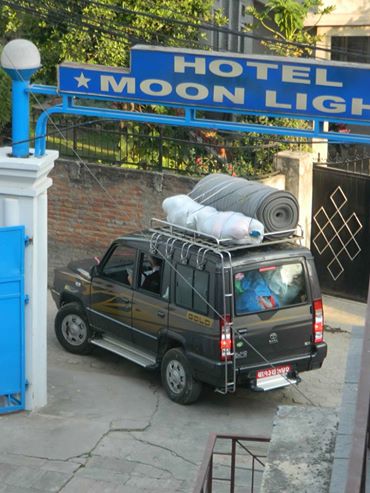
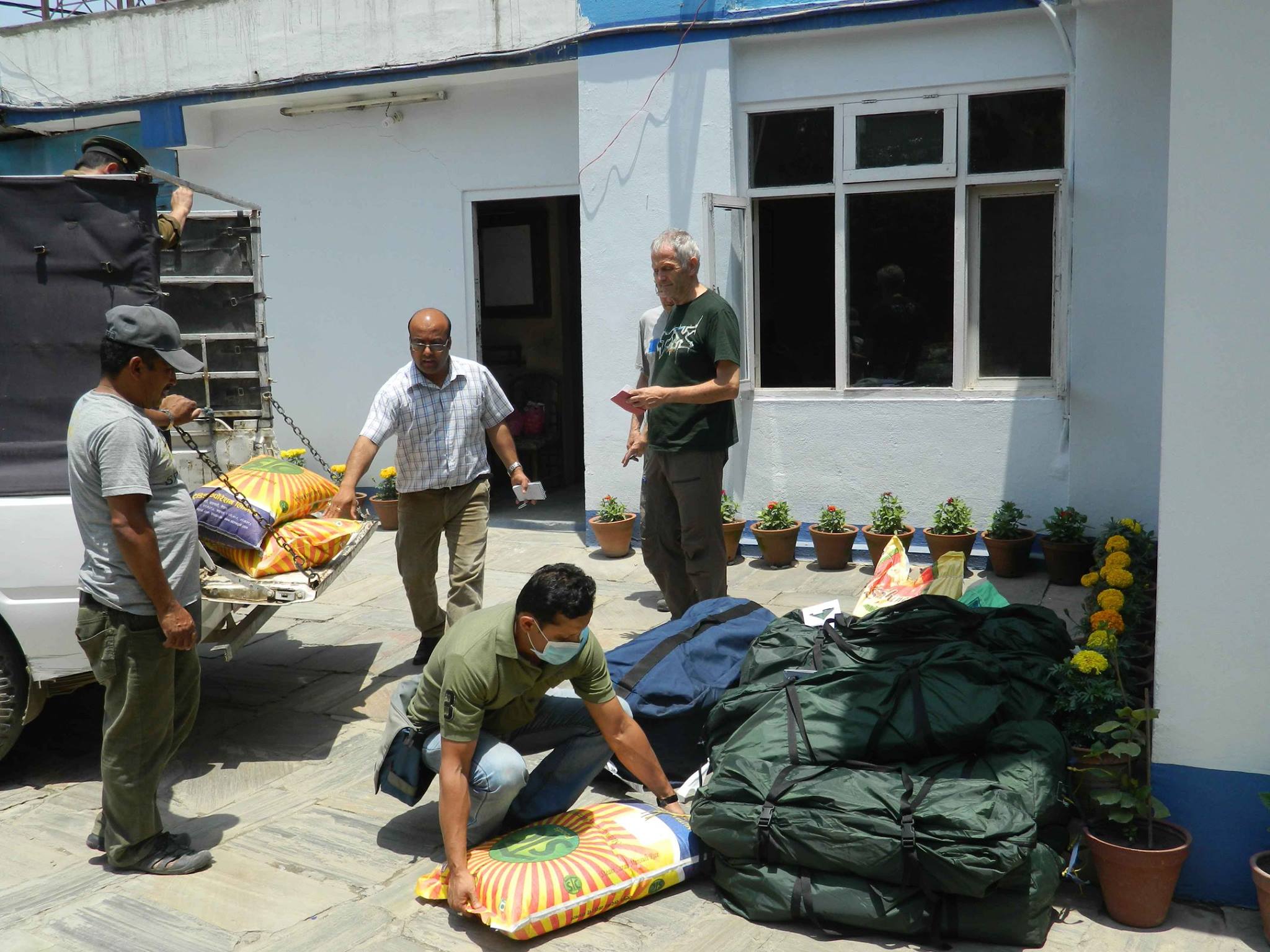

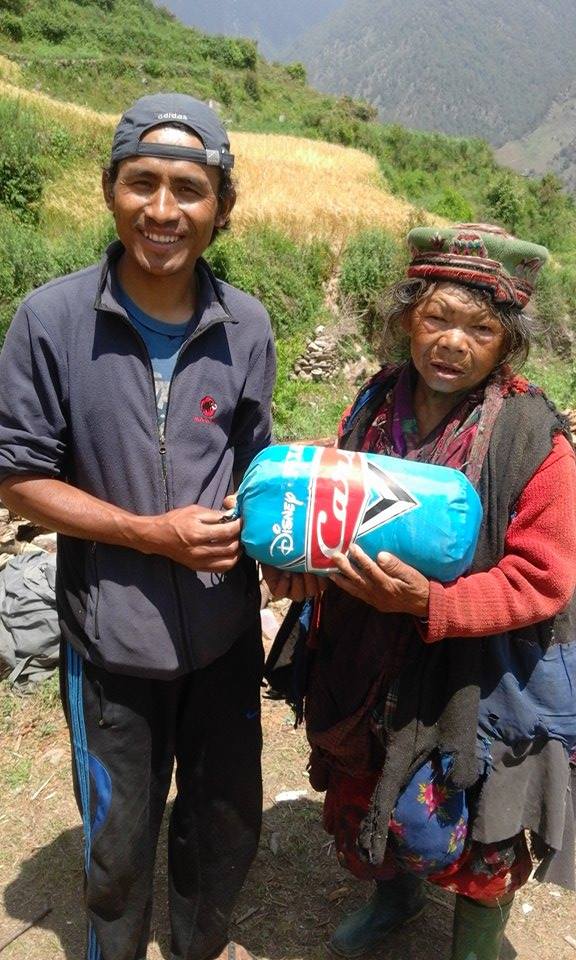
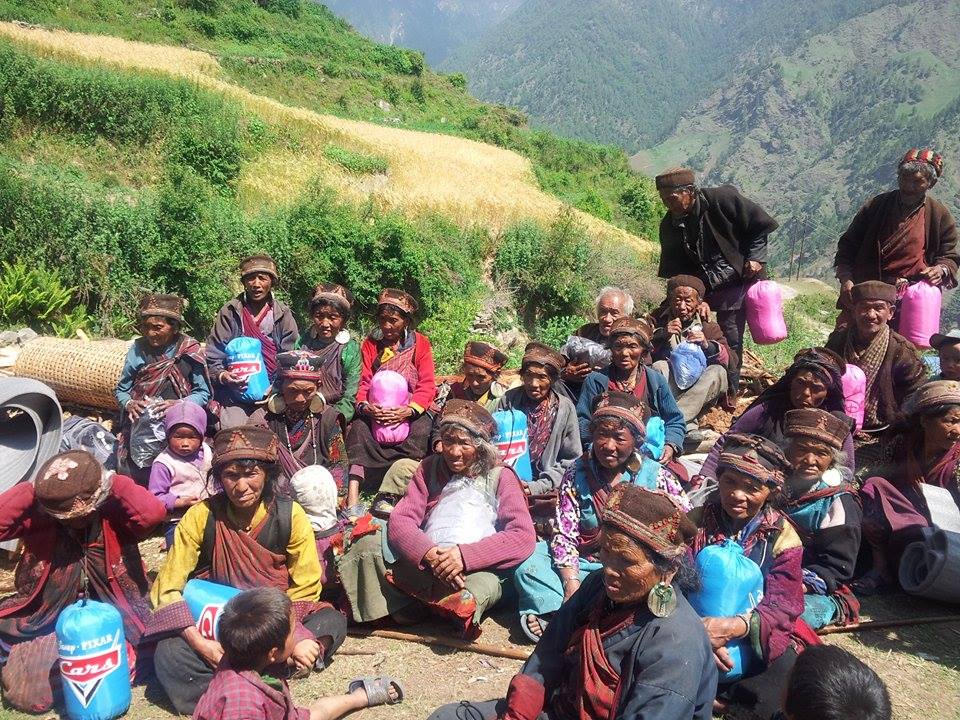
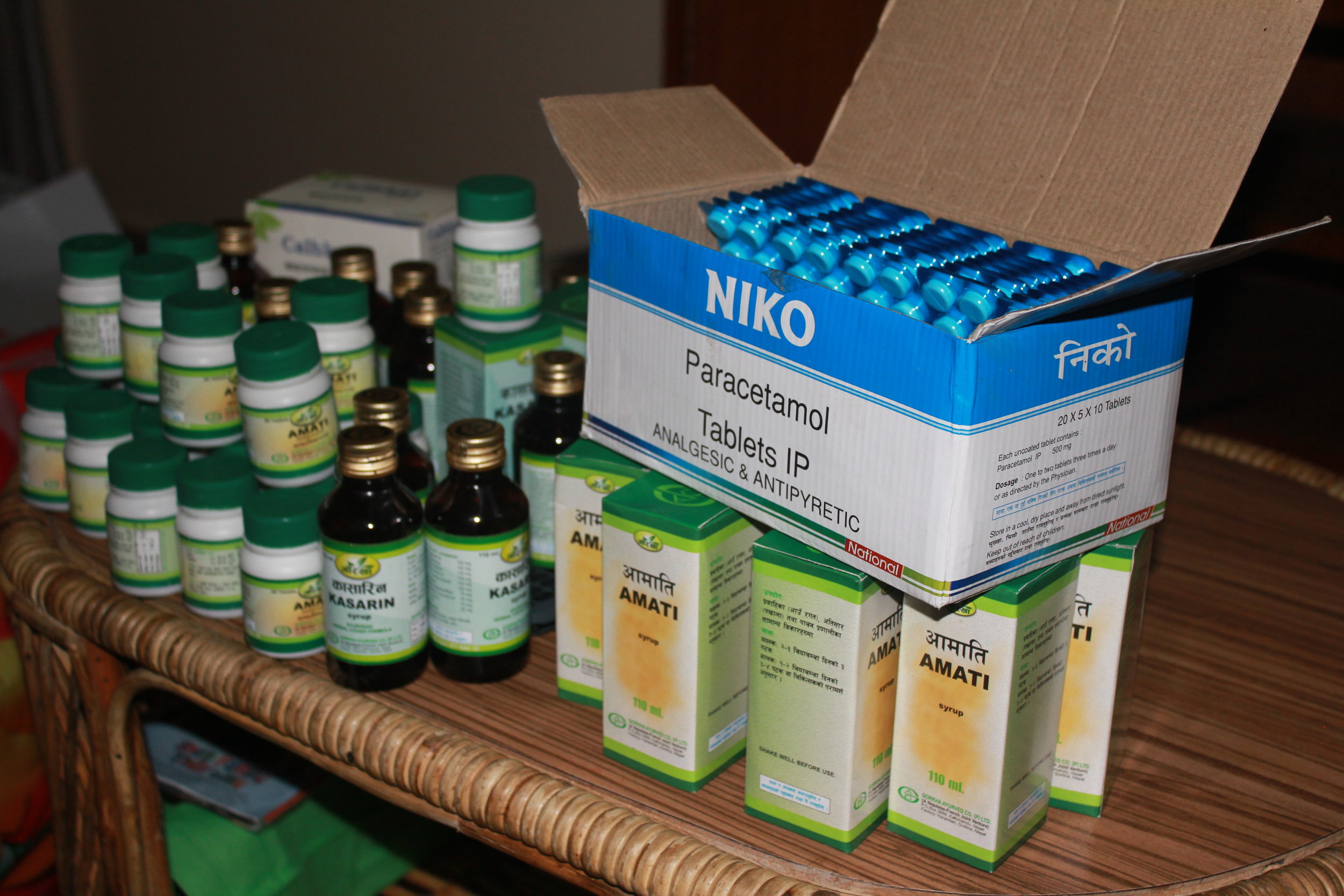

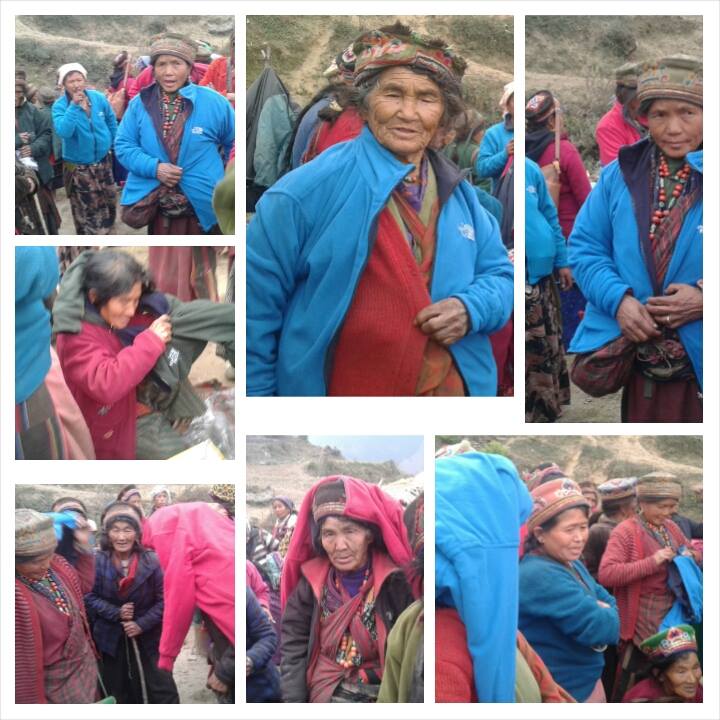
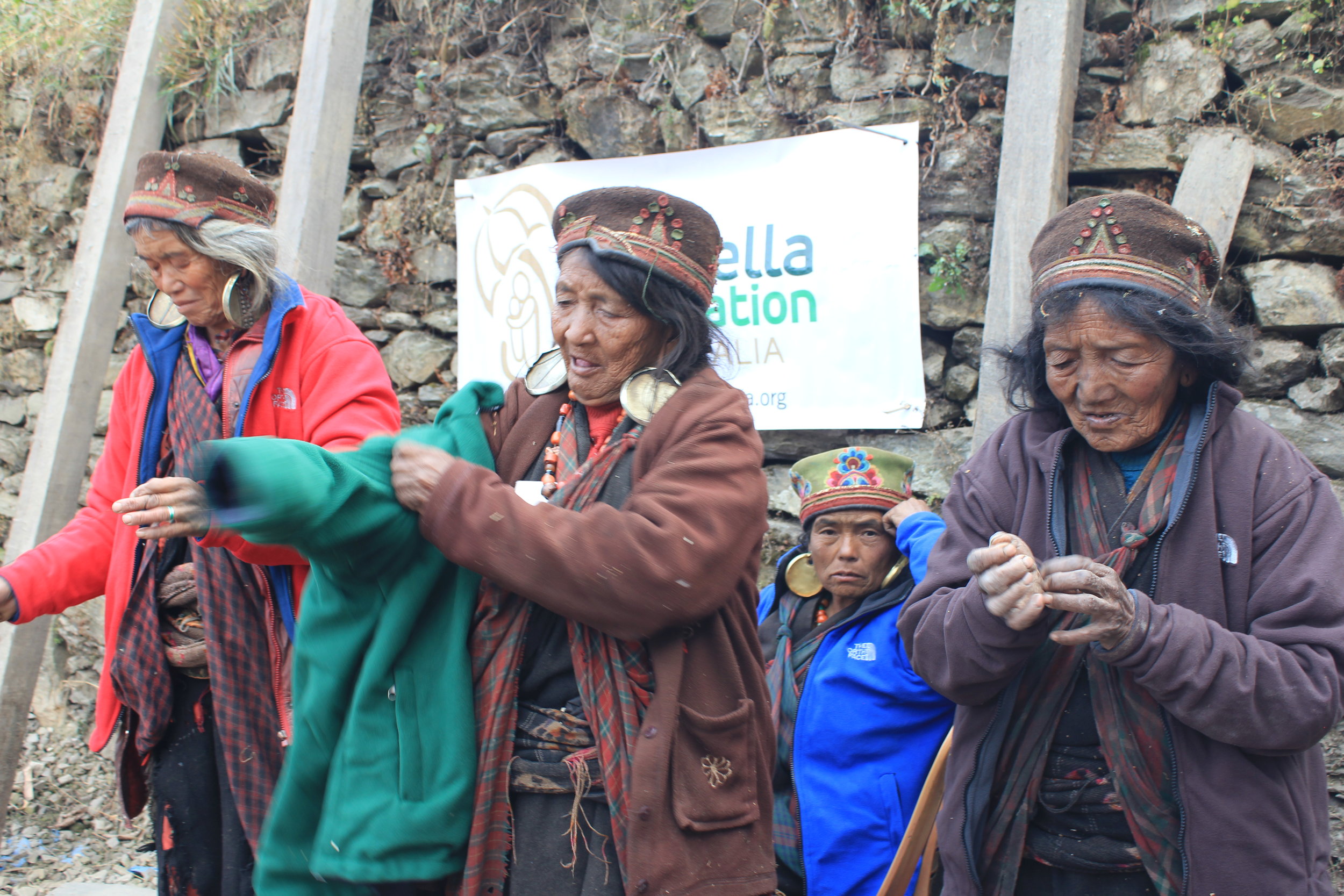

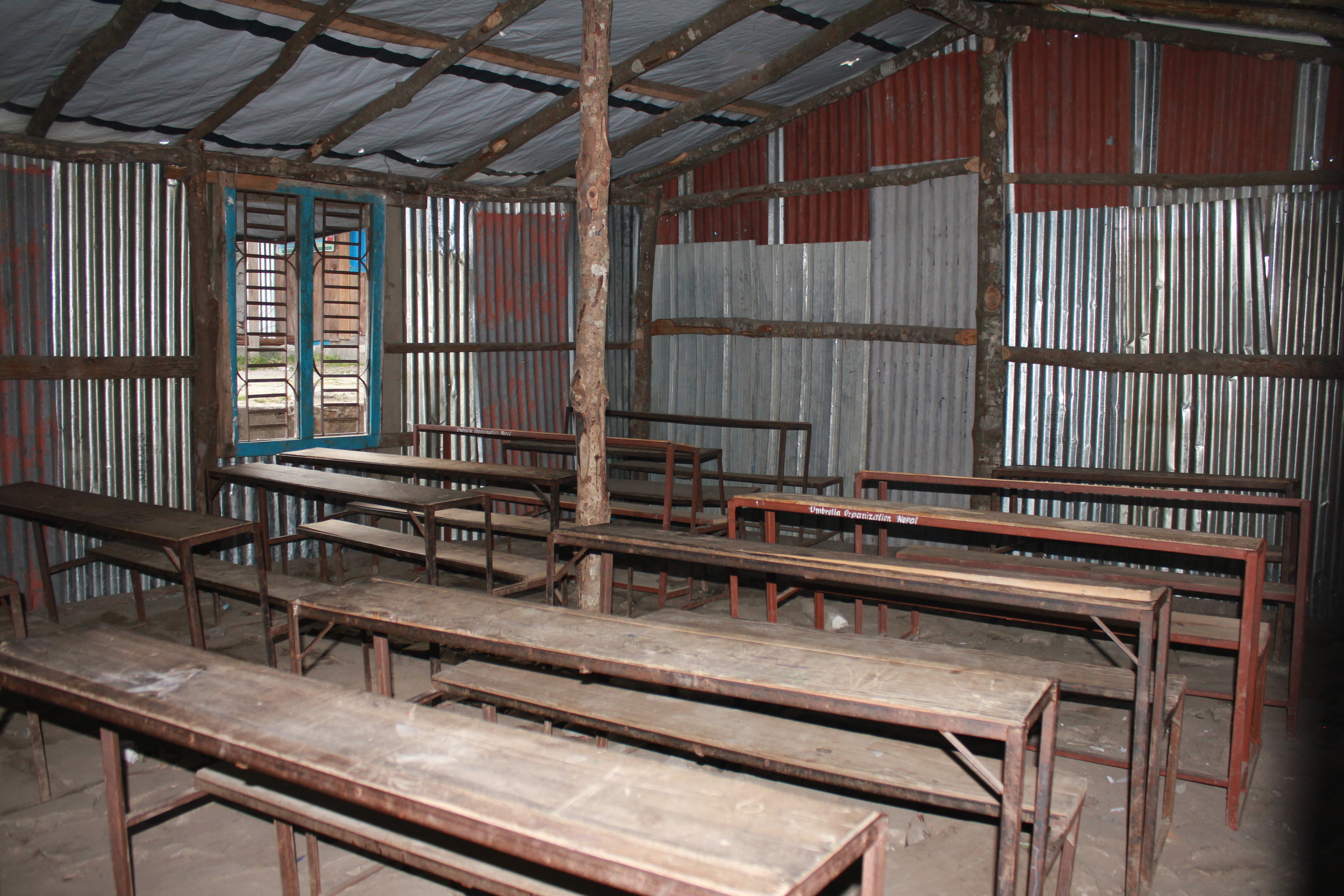
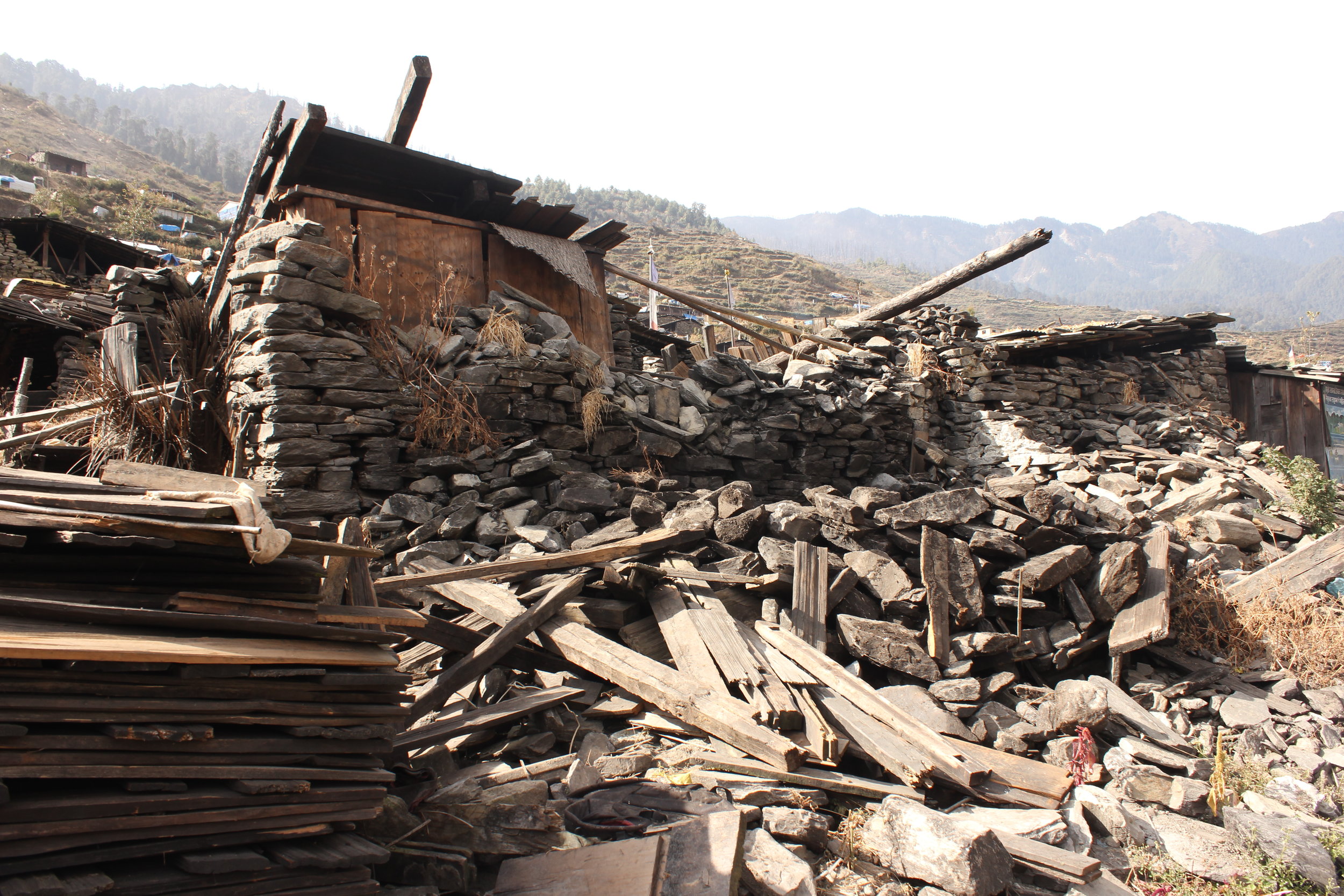

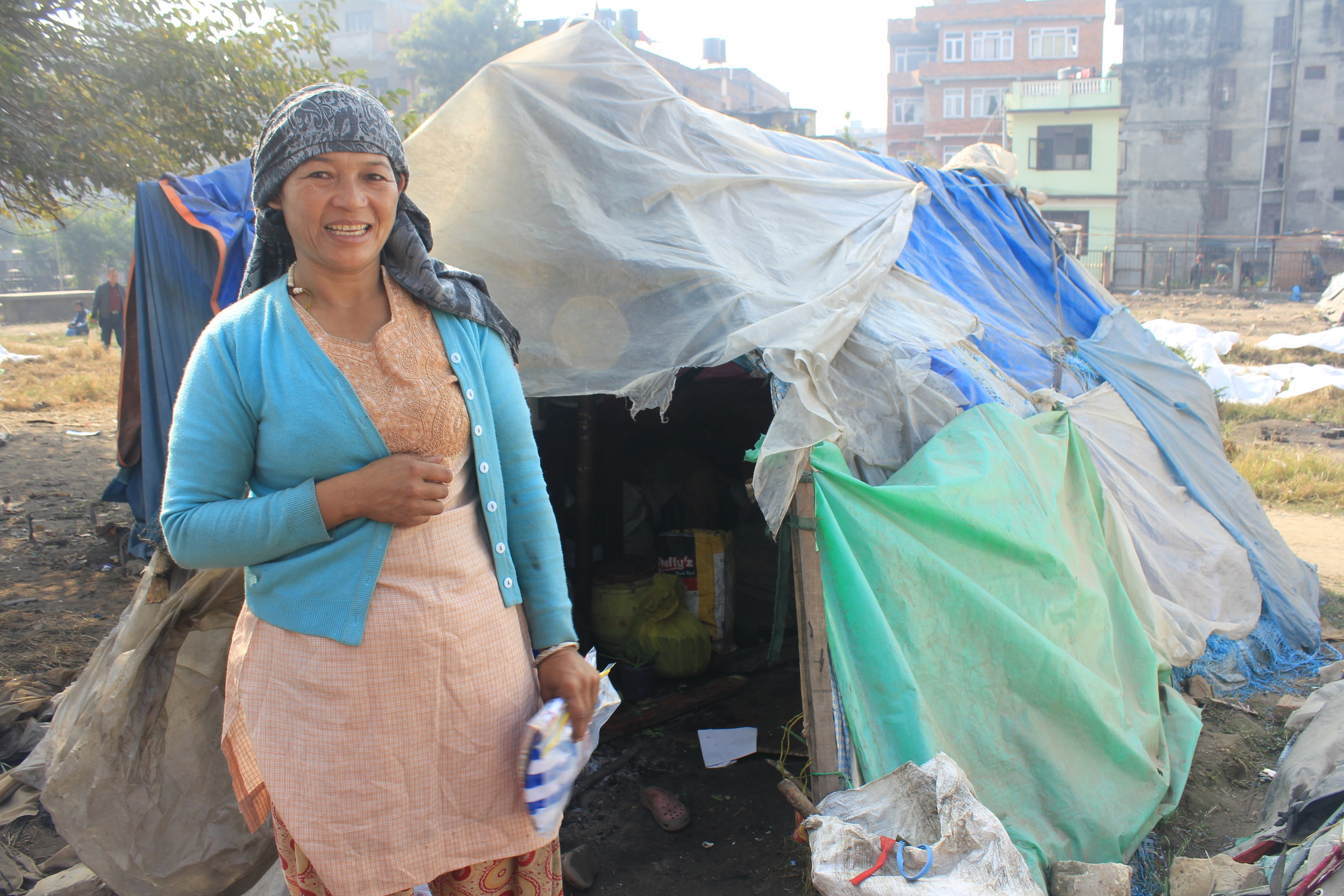

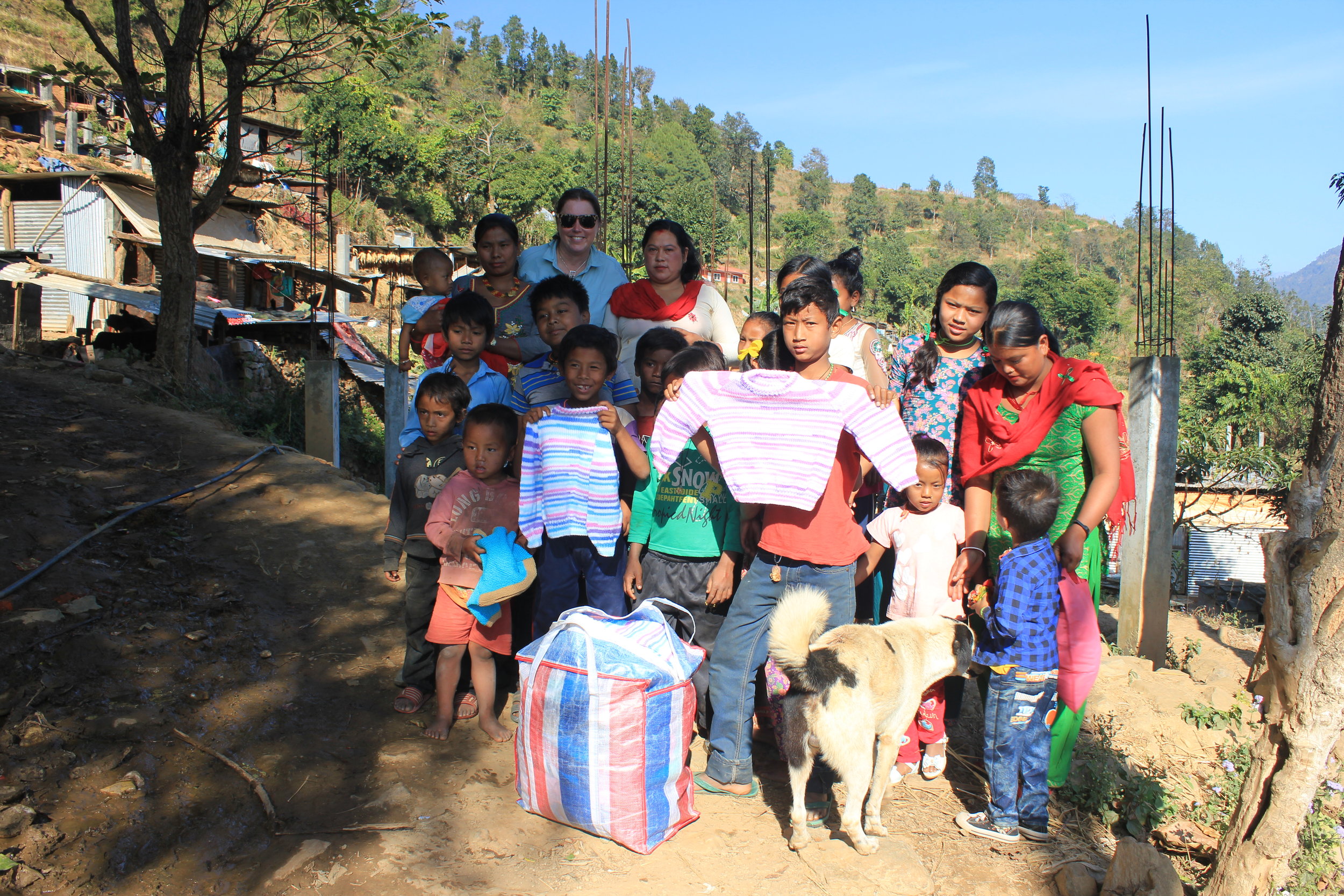
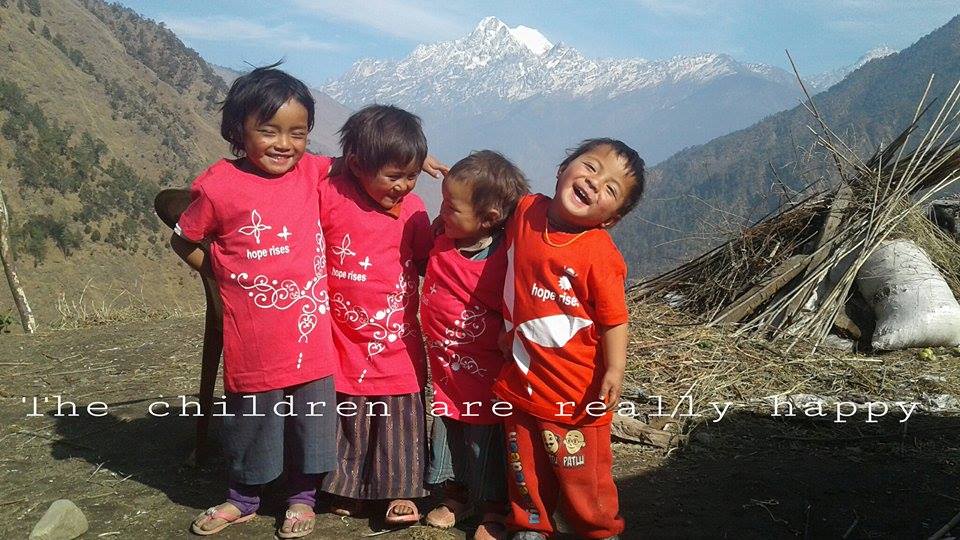
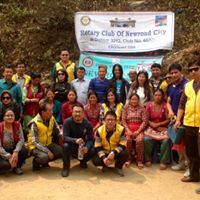

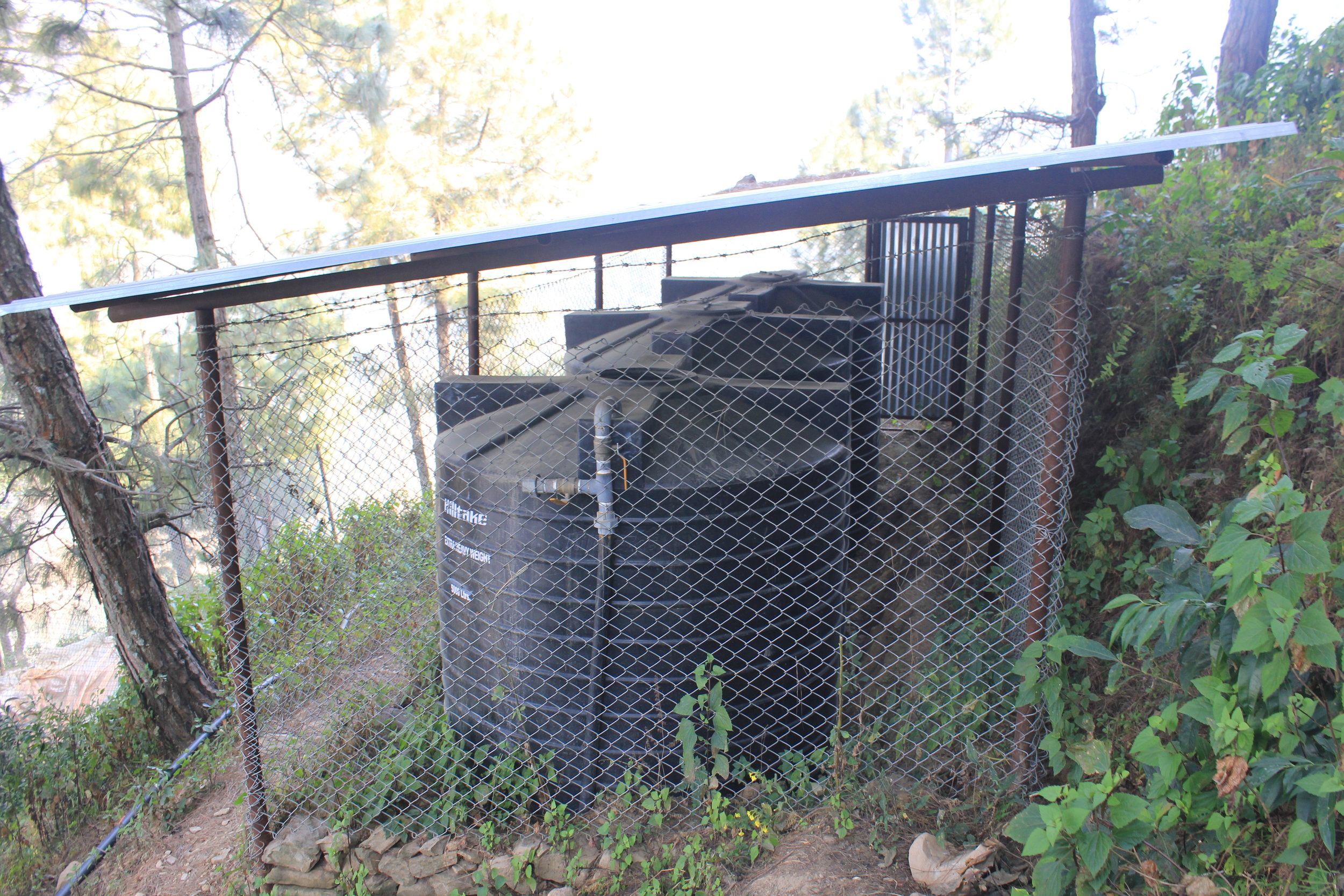
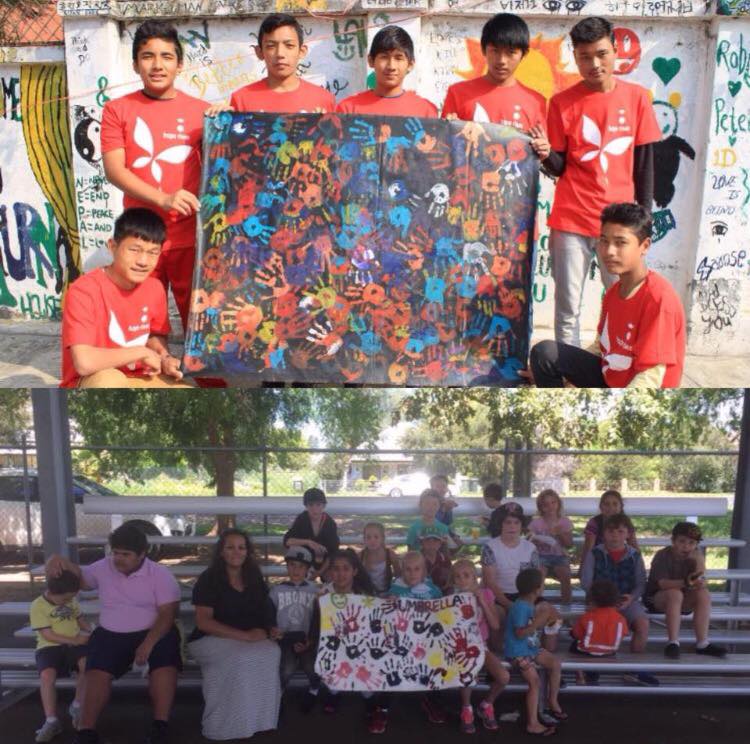
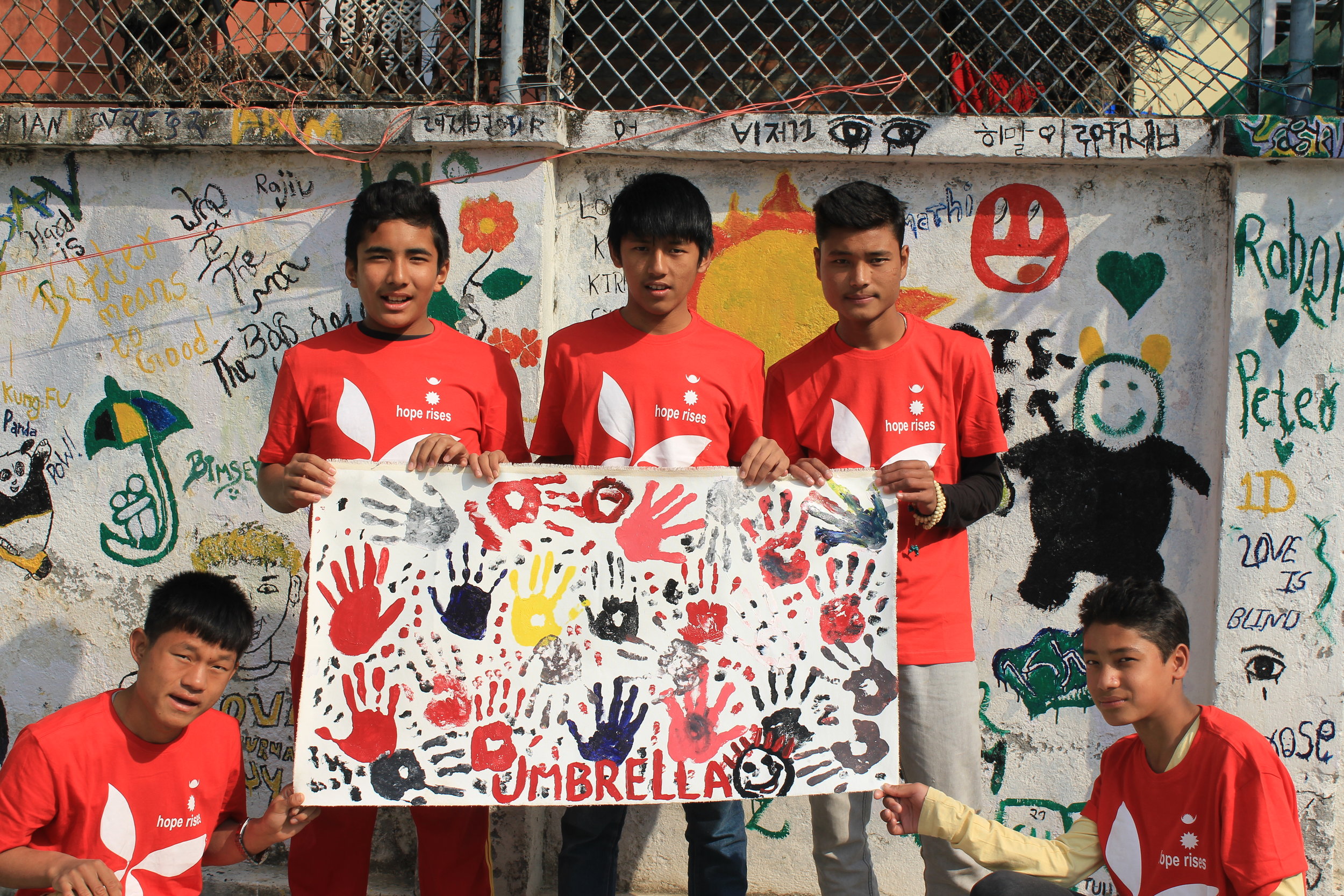
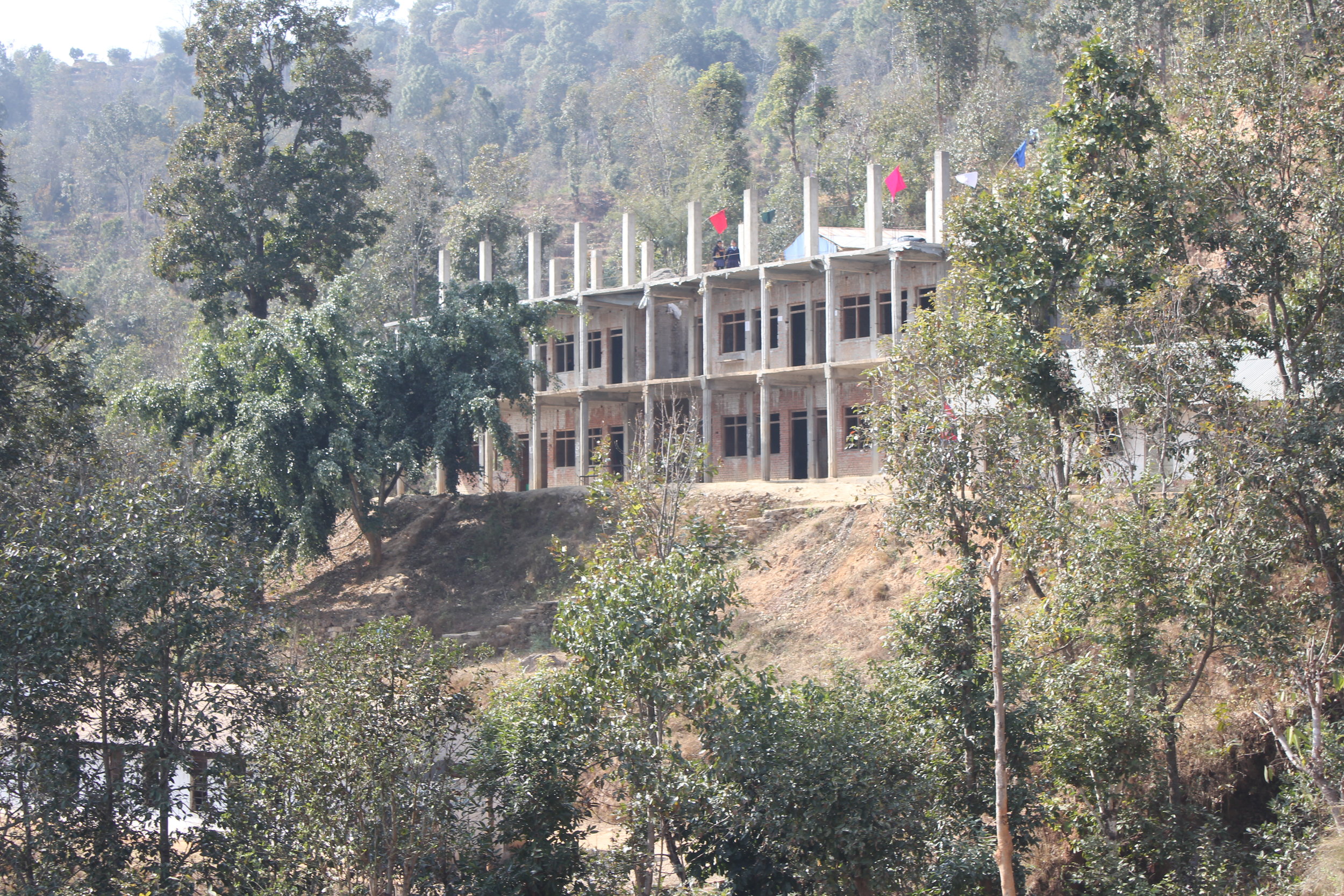
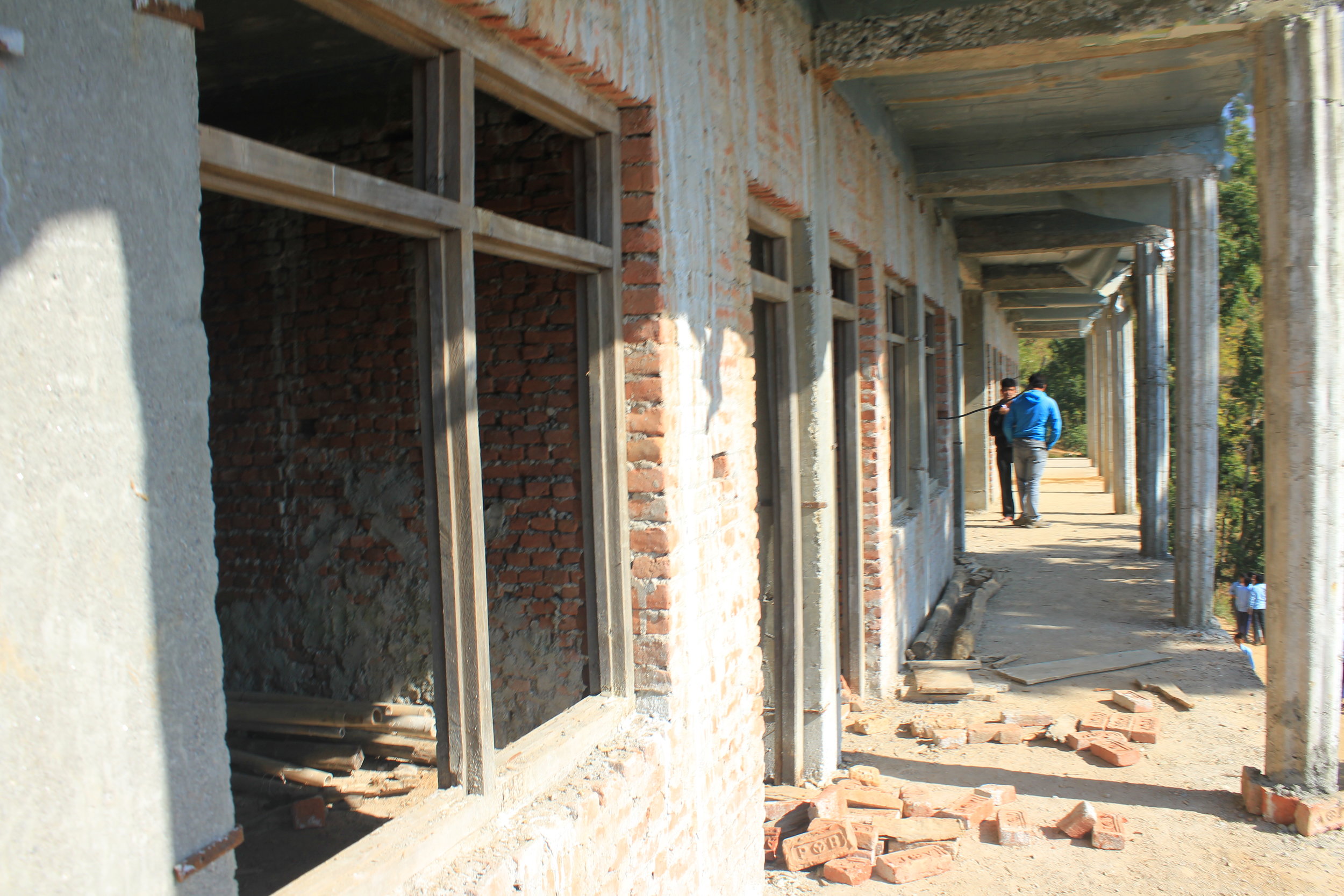

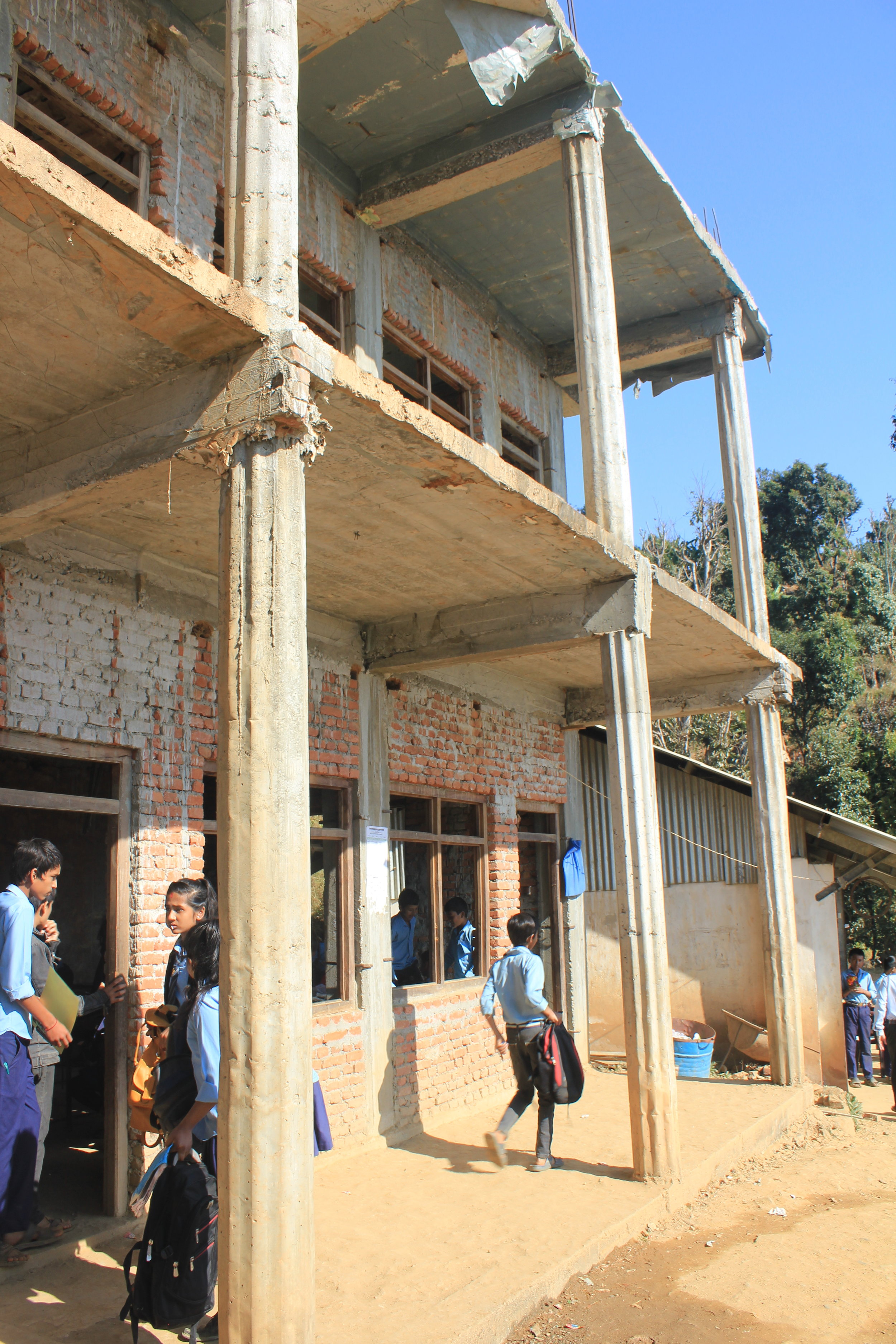

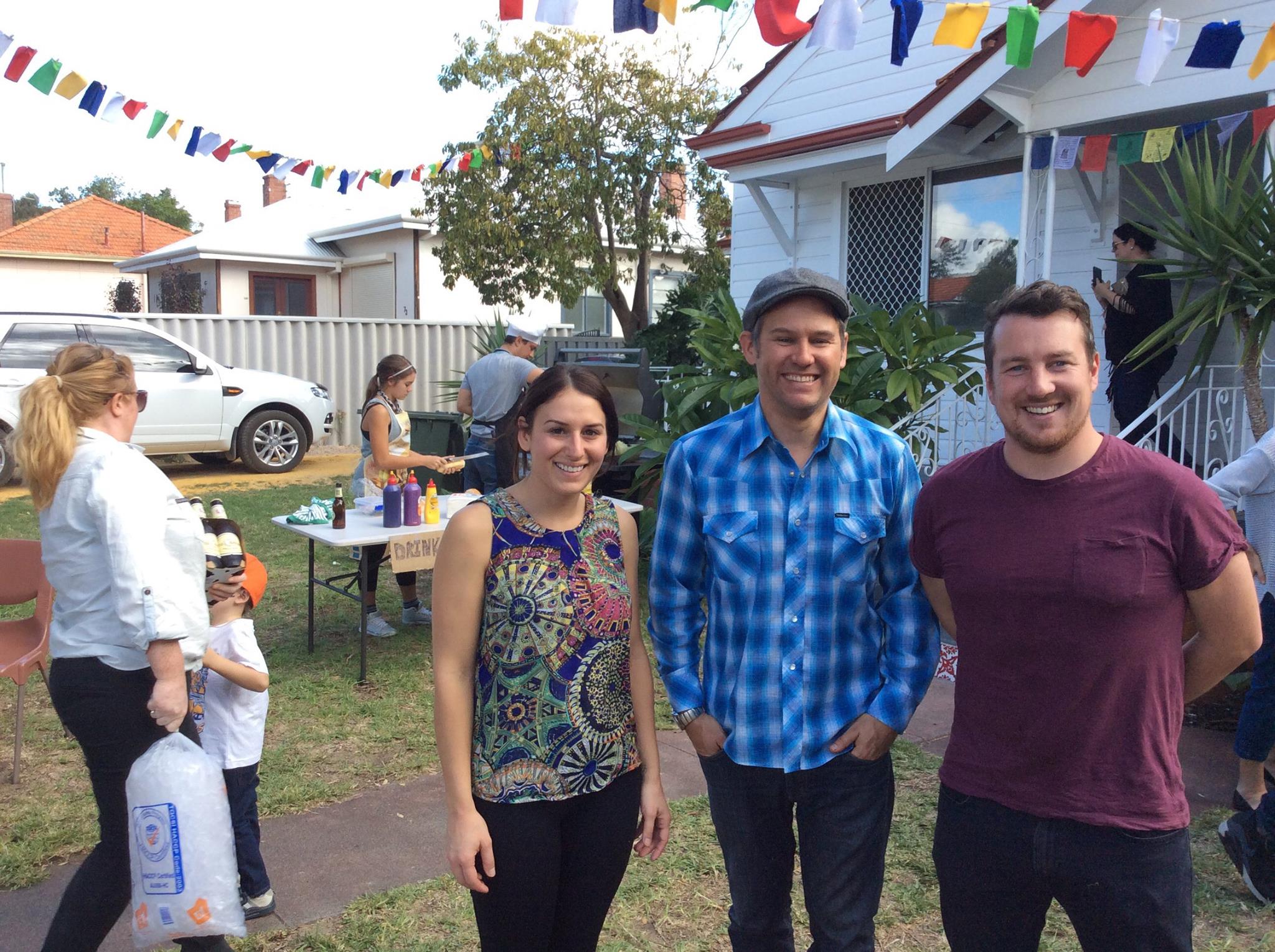
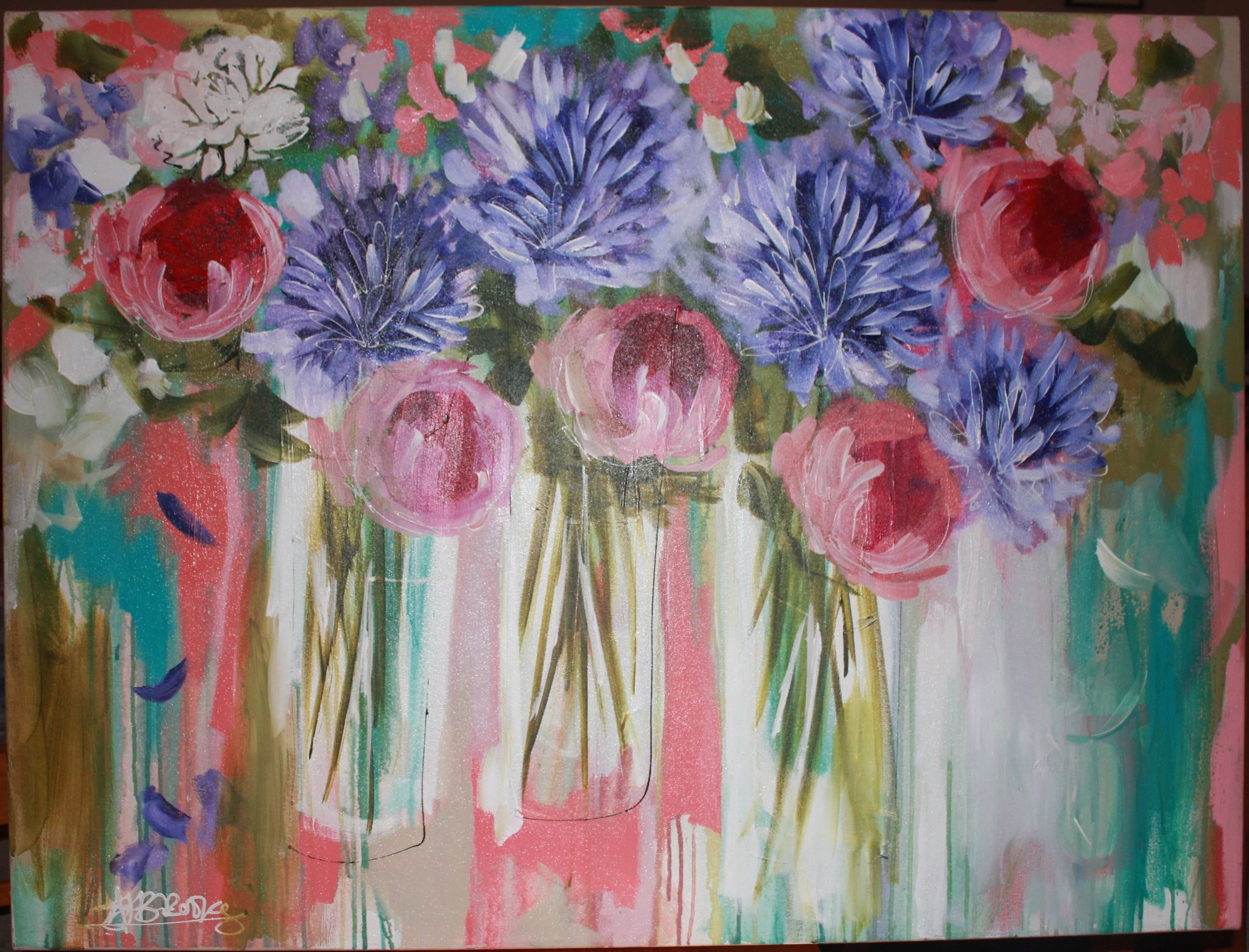
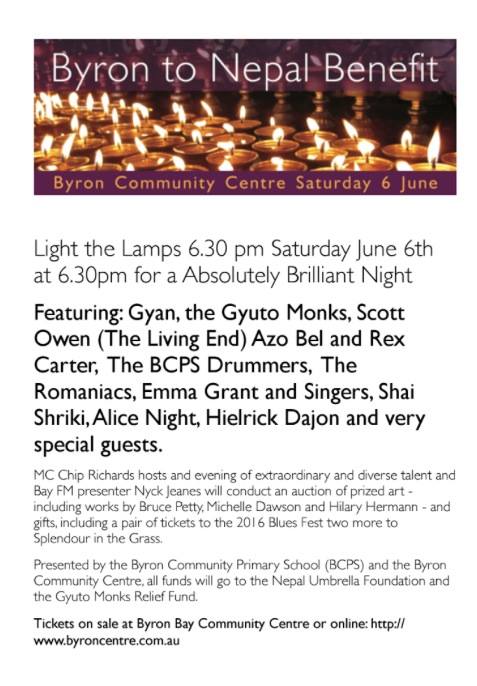




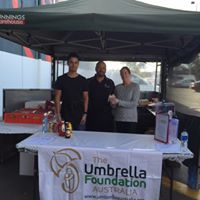
![11219348_963404527004602_6816020783525303425_n[1].jpg](https://images.squarespace-cdn.com/content/v1/5255f0bce4b065c225ec7edc/1493089795483-65LJUBZDWXSBK8ZHKCKM/11219348_963404527004602_6816020783525303425_n%5B1%5D.jpg)
![th[4].jpg](https://images.squarespace-cdn.com/content/v1/5255f0bce4b065c225ec7edc/1493091326054-ANWYYTHG1ZGWTFEKHS8G/th%5B4%5D.jpg)














































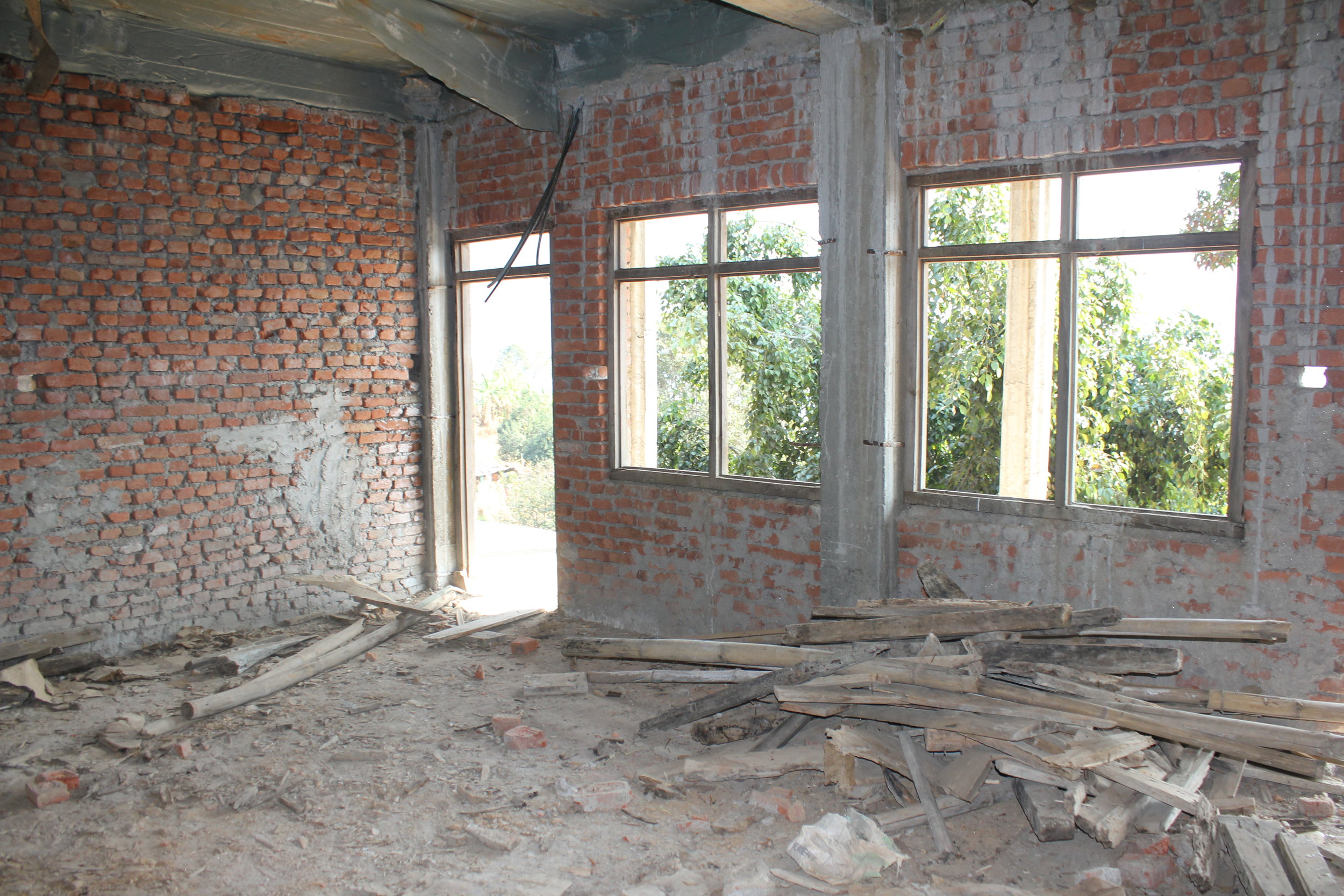






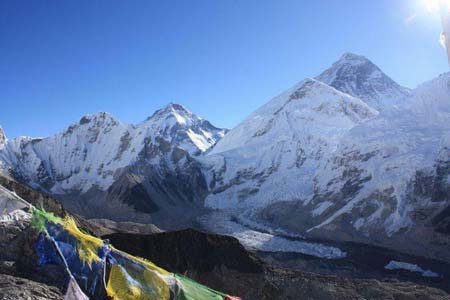
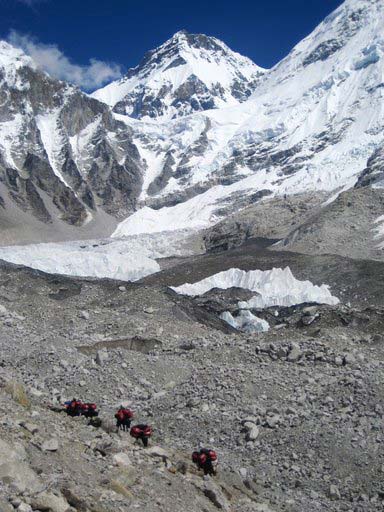
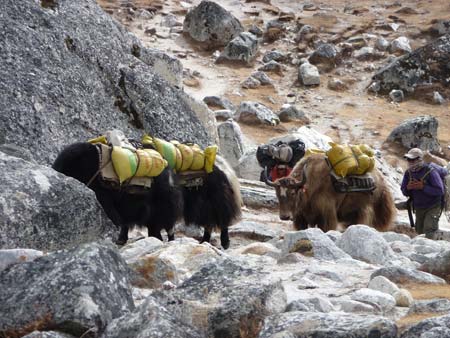



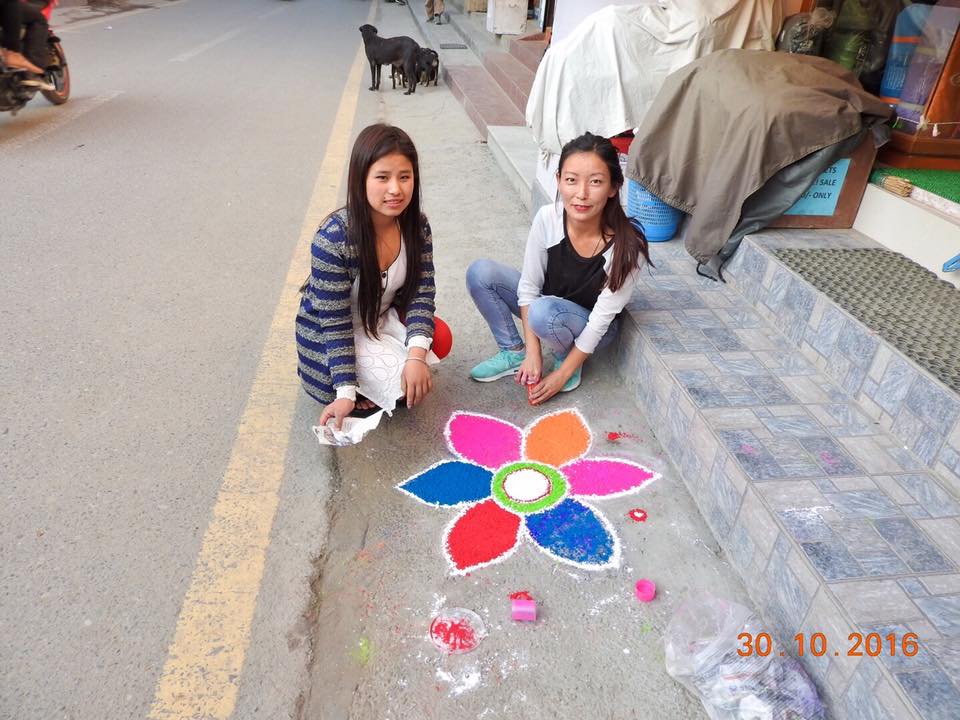
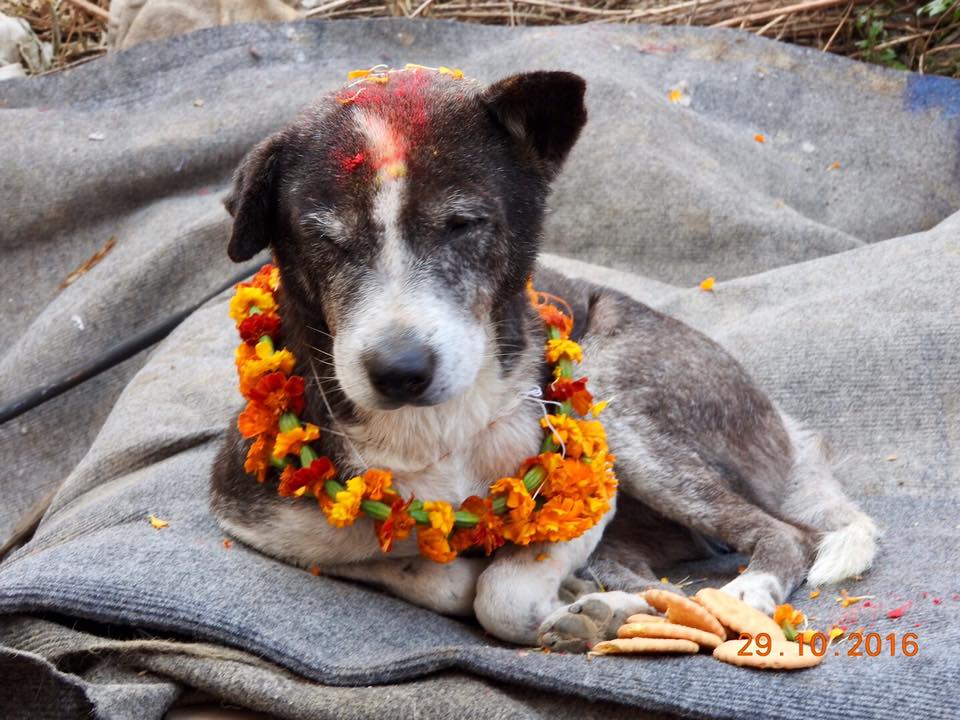
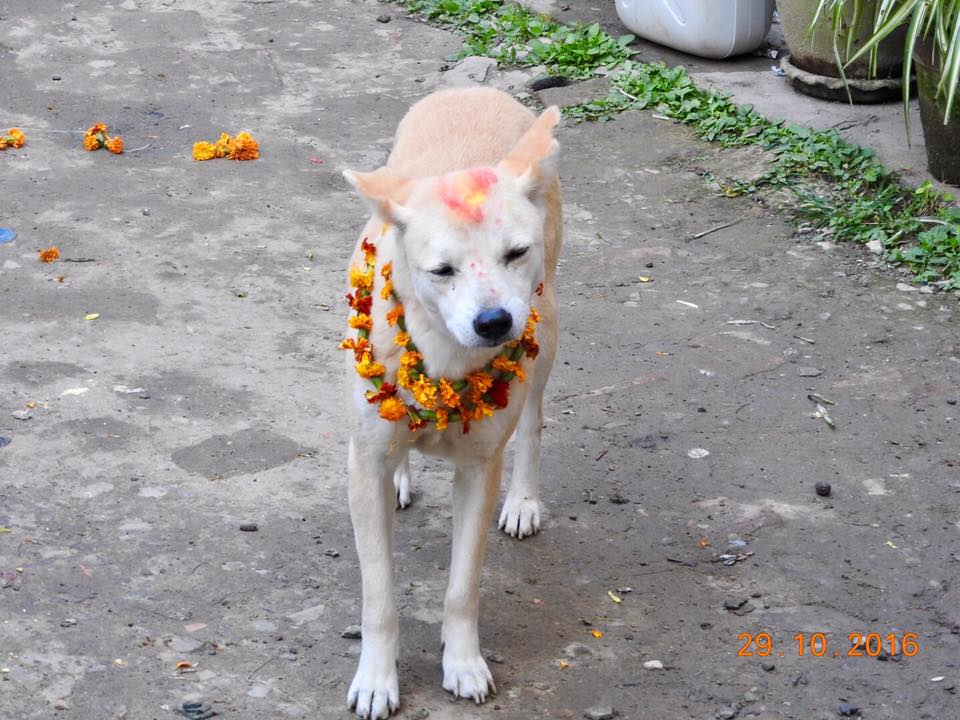
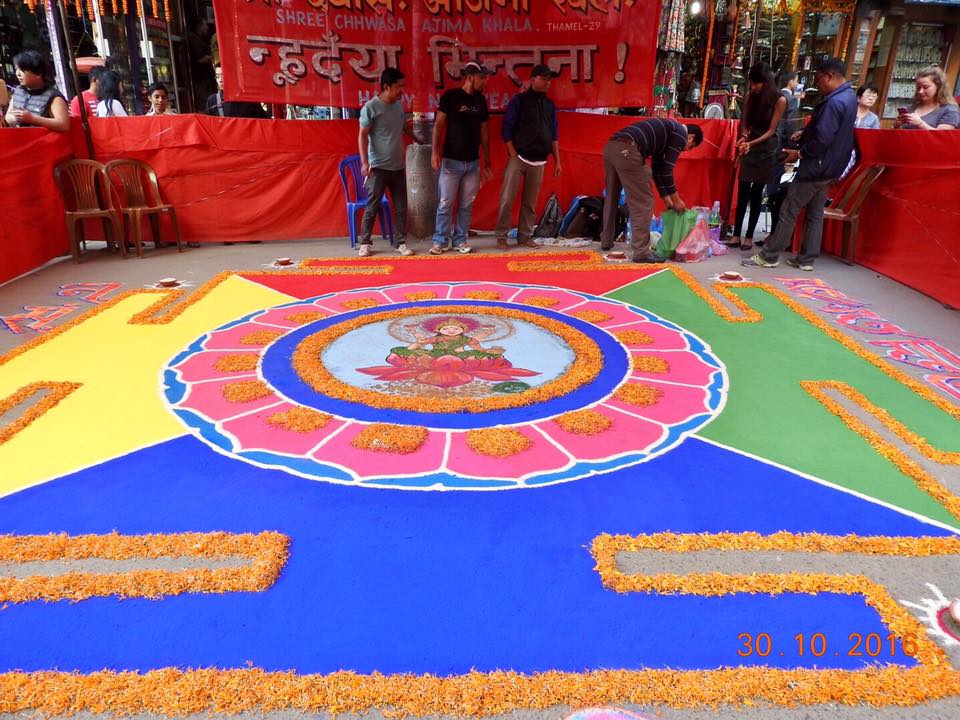
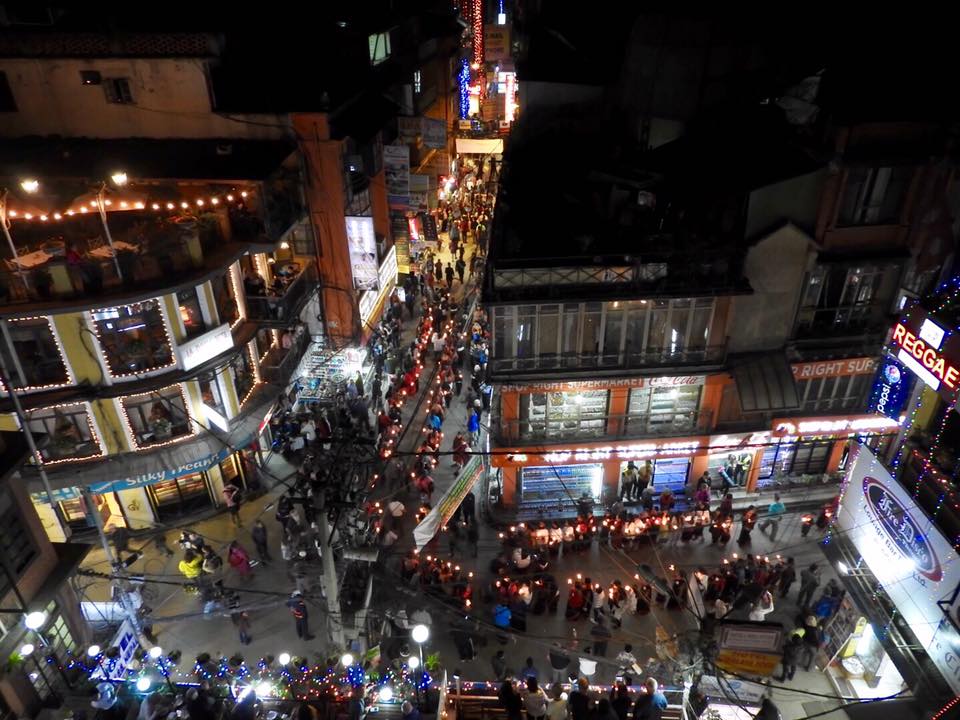
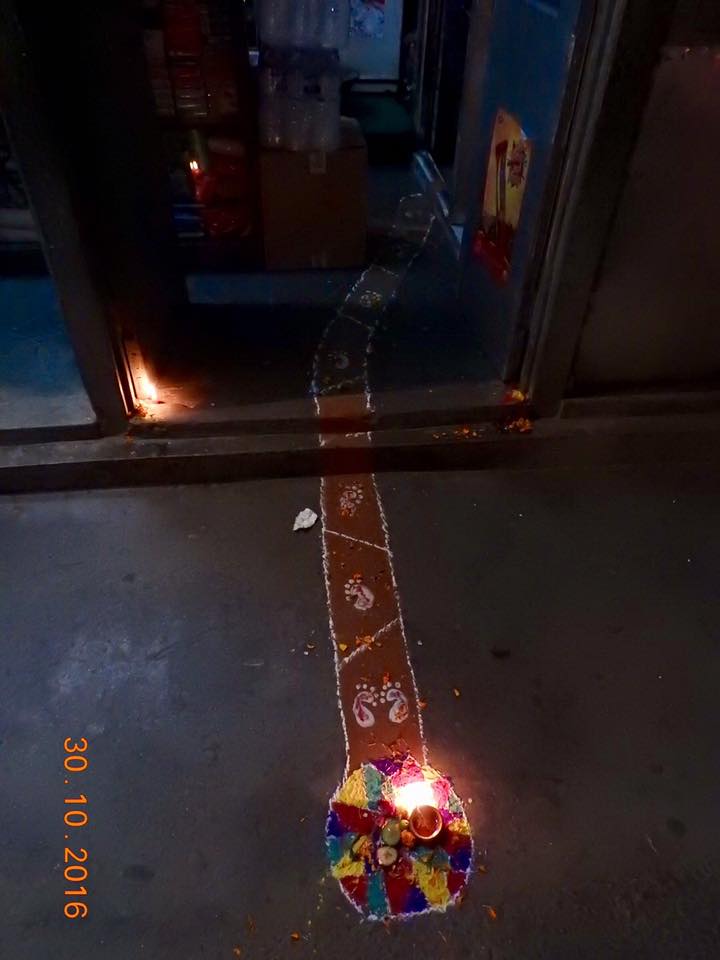

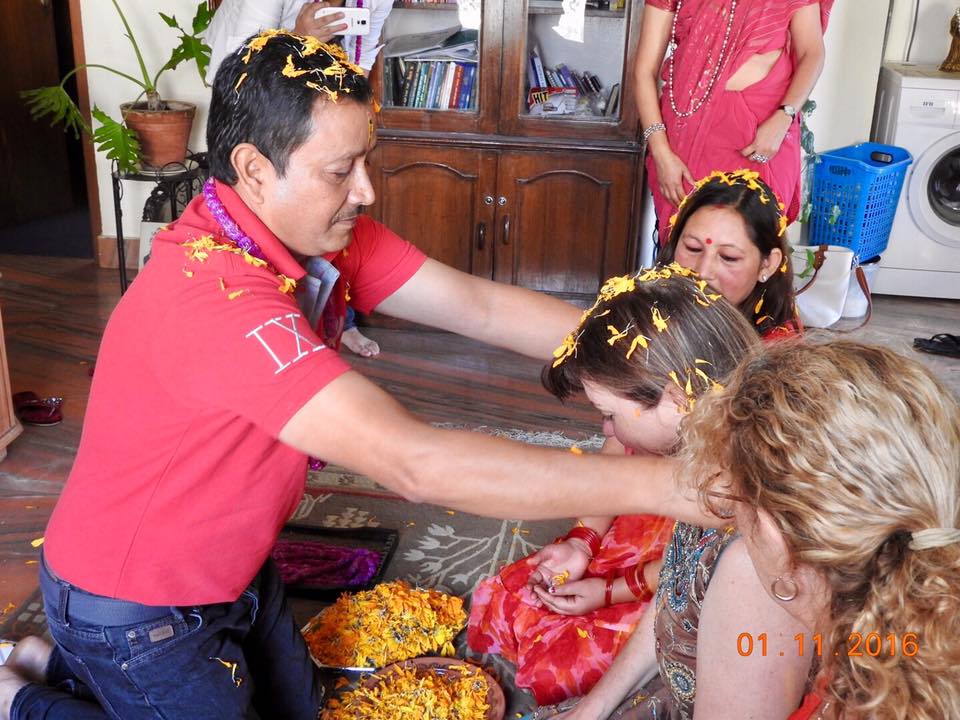
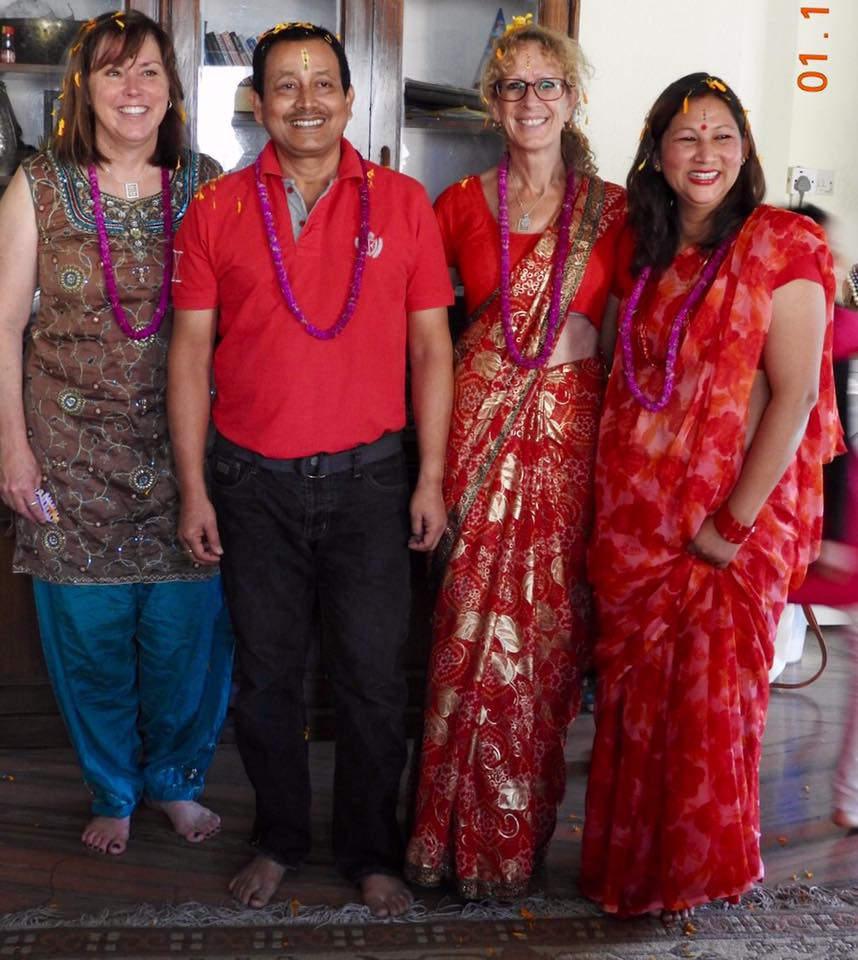
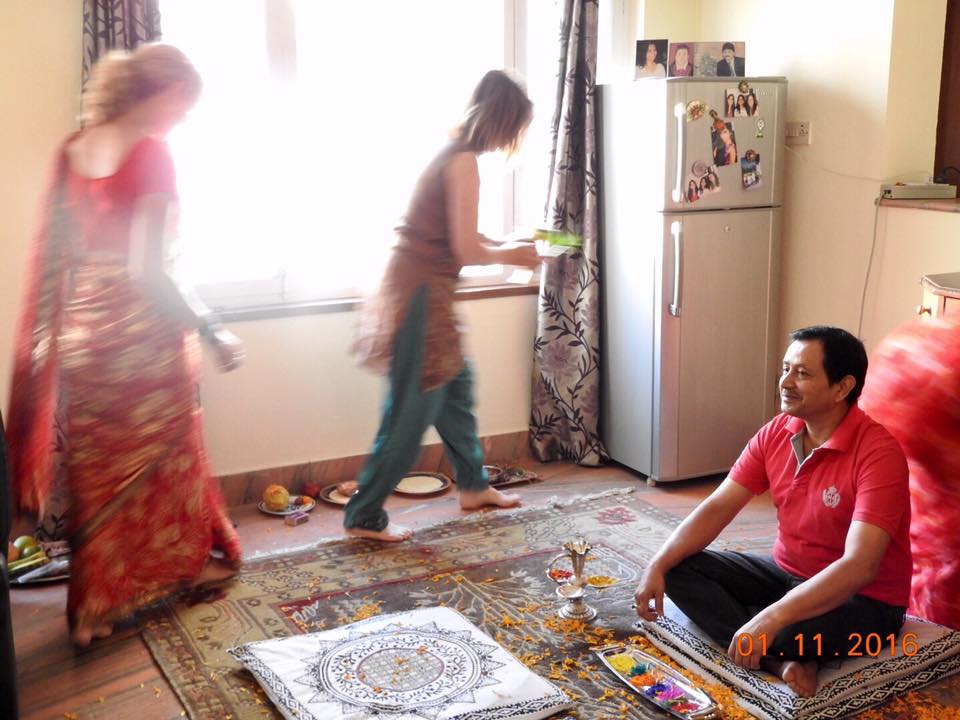
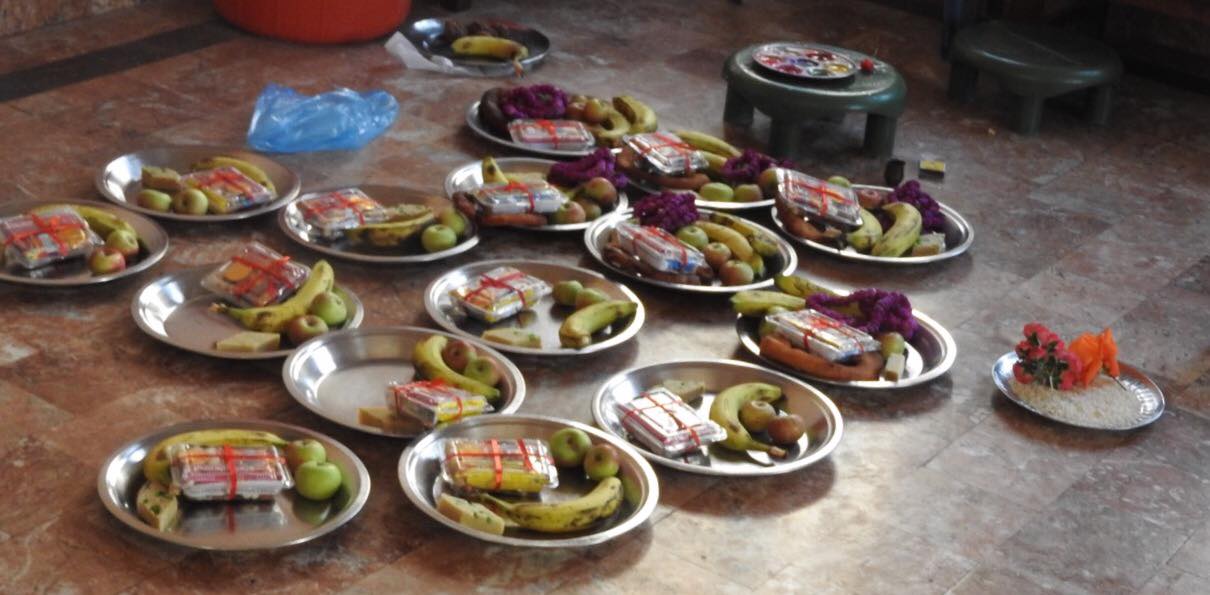
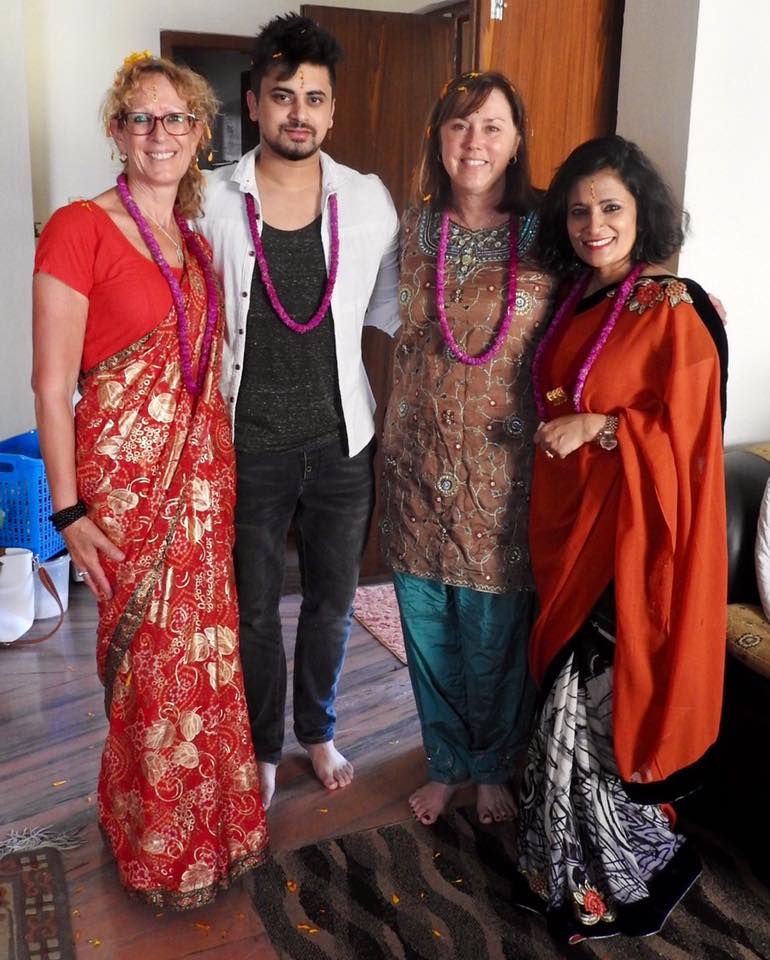























![14731153_208820849540623_3468751333003215984_n[1].jpg](https://images.squarespace-cdn.com/content/v1/5255f0bce4b065c225ec7edc/1477319644694-FJDFJCVJNKL4IAUBWPLJ/14731153_208820849540623_3468751333003215984_n%5B1%5D.jpg)
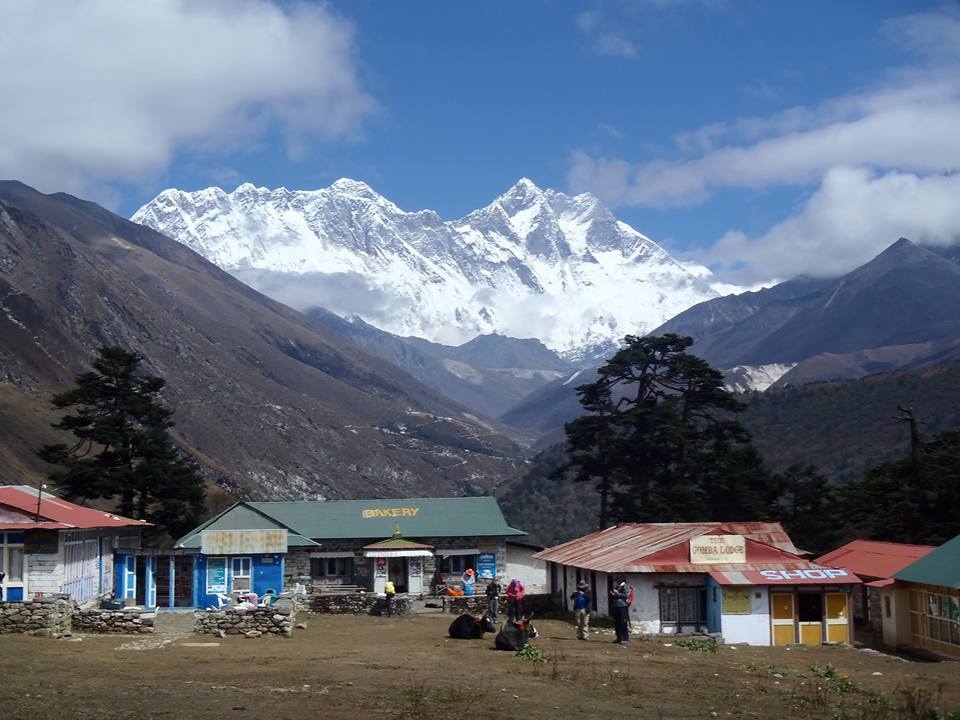
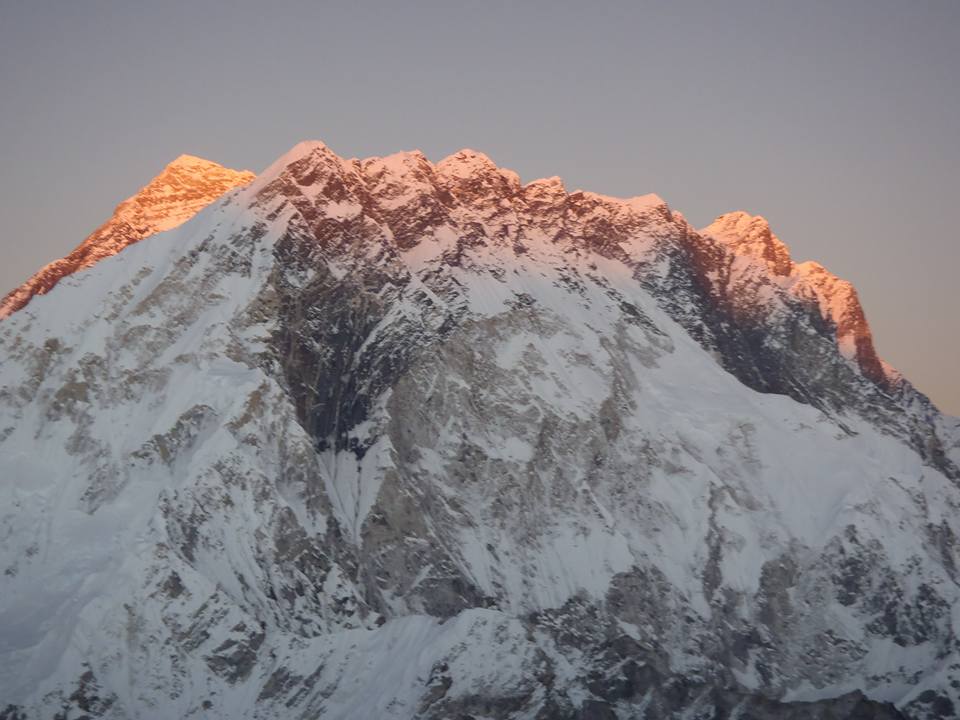
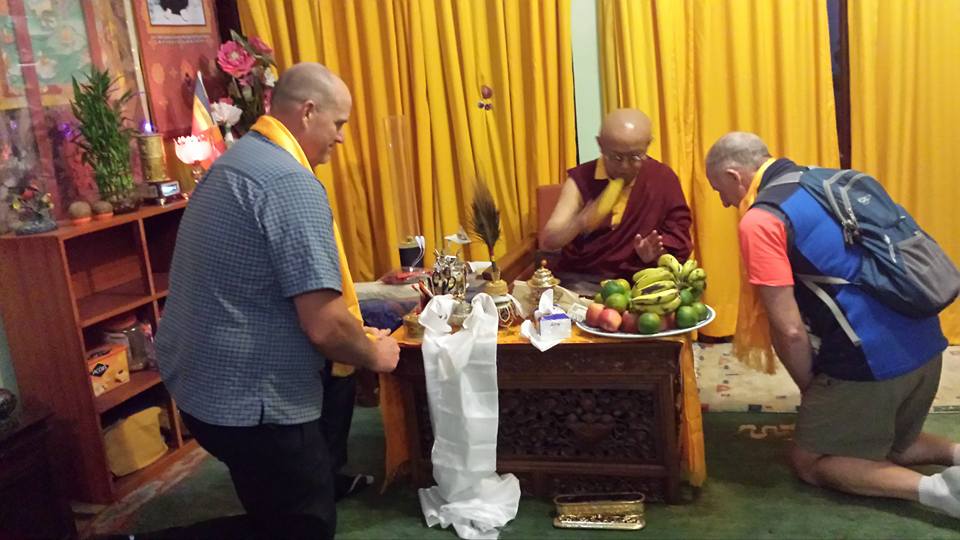


![13466116_130956380660404_5321446728736990200_n[1].jpg](https://images.squarespace-cdn.com/content/v1/5255f0bce4b065c225ec7edc/1476945513256-6VXIJYZXLJ8GC5W7M1B7/13466116_130956380660404_5321446728736990200_n%5B1%5D.jpg)
![237622[1].JPG](https://images.squarespace-cdn.com/content/v1/5255f0bce4b065c225ec7edc/1476945527518-4L17N2UIJPKC3JL371NP/237622%5B1%5D.JPG)